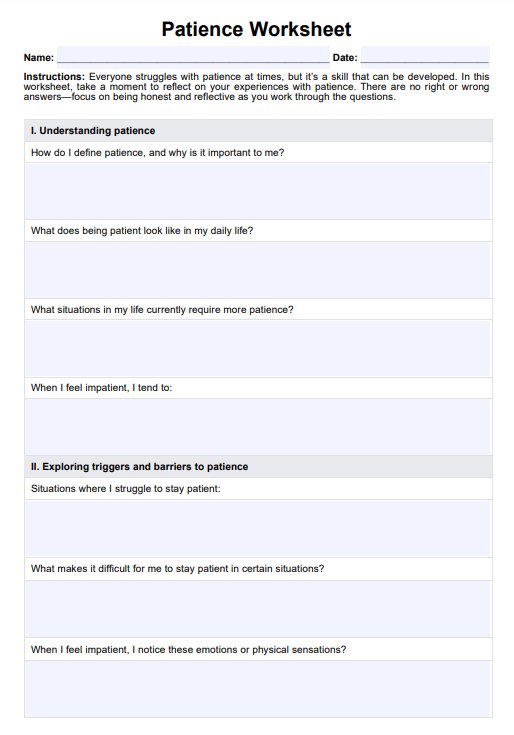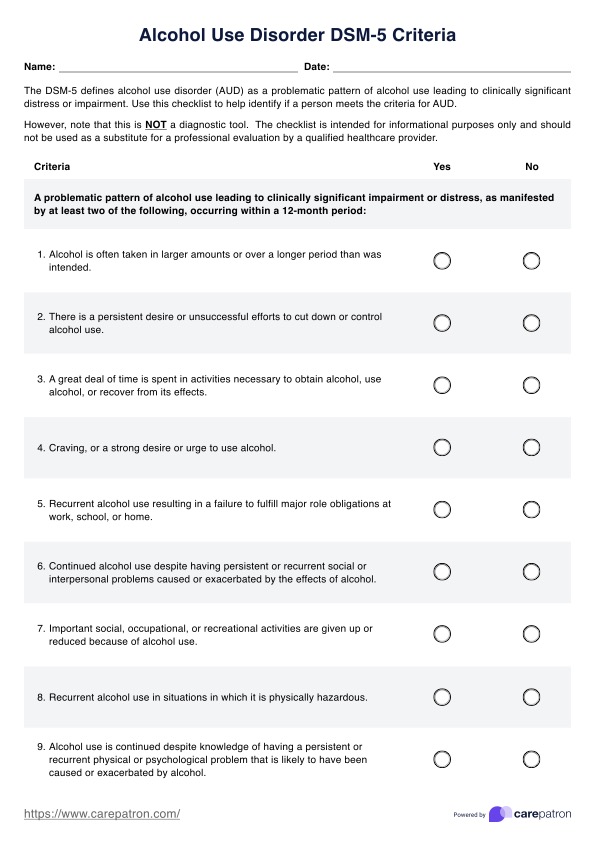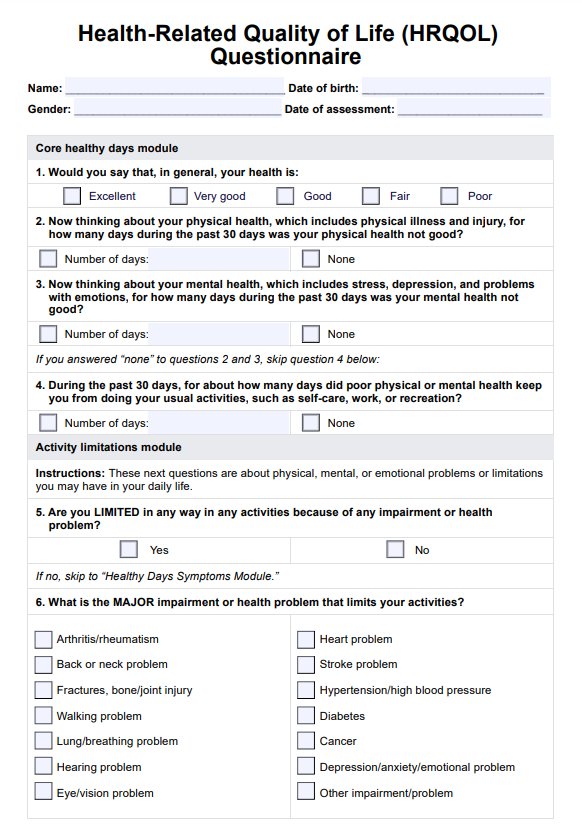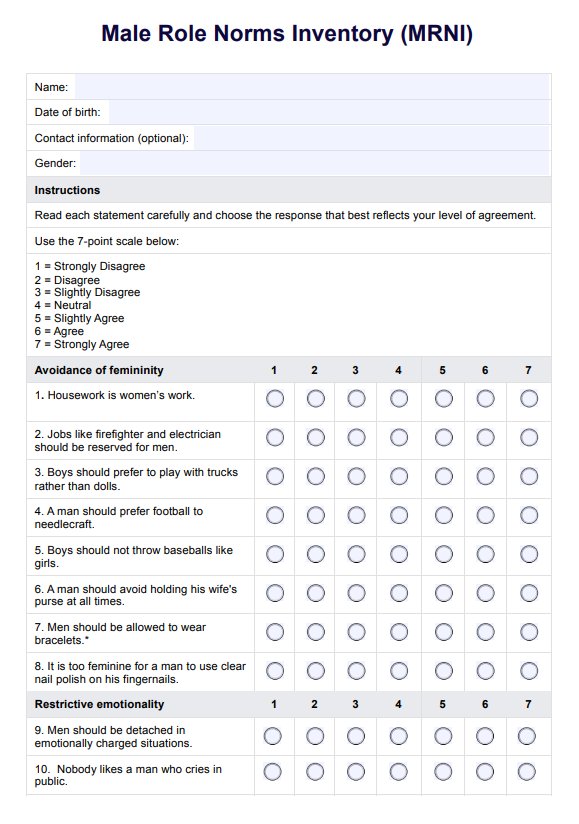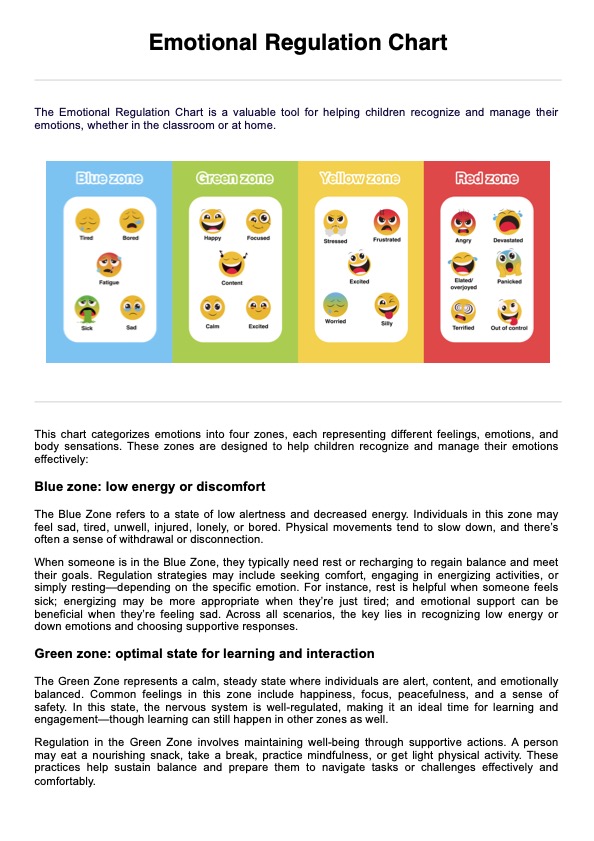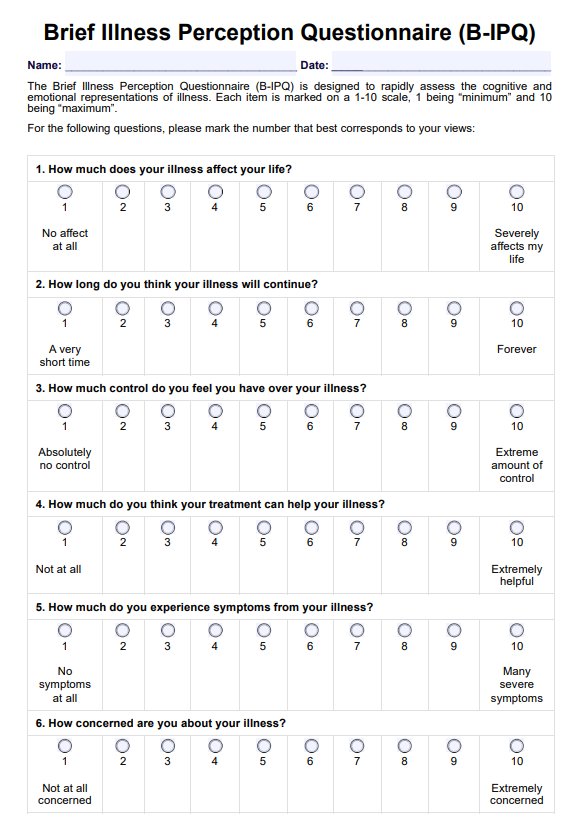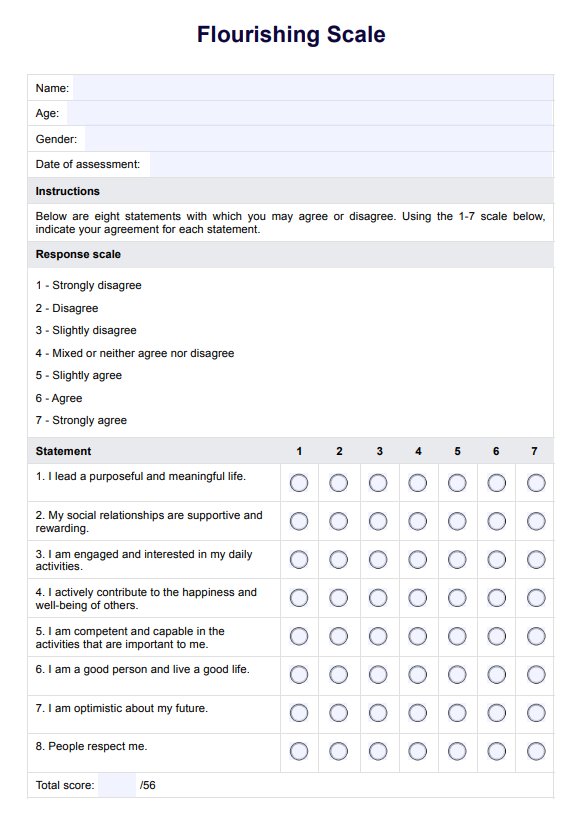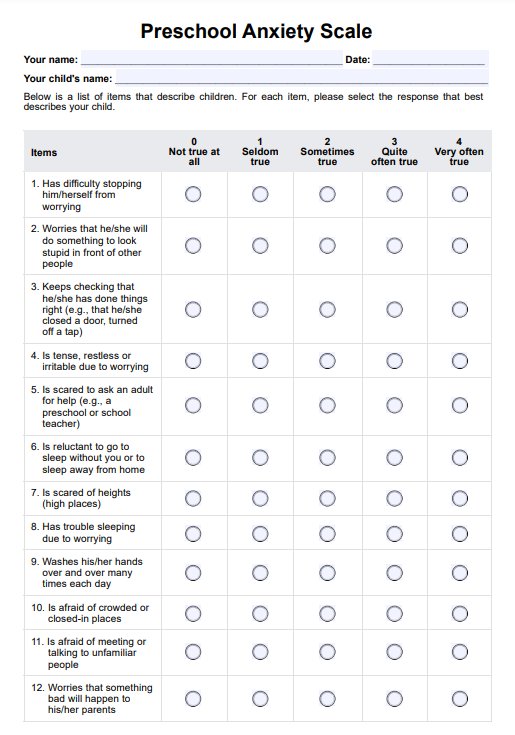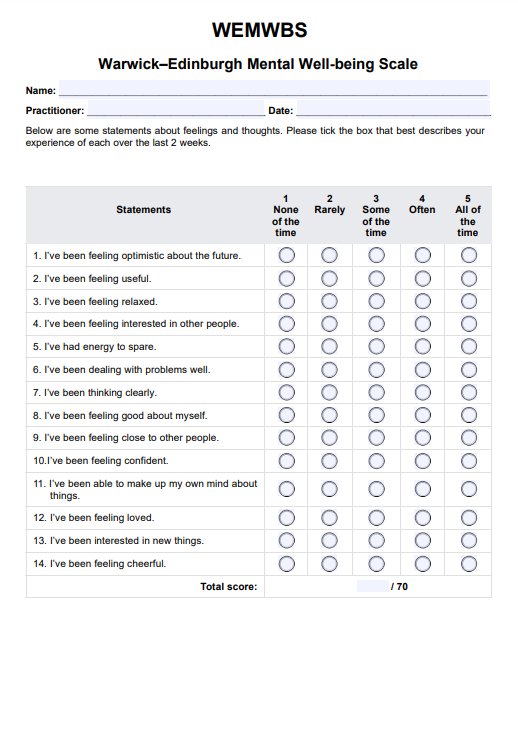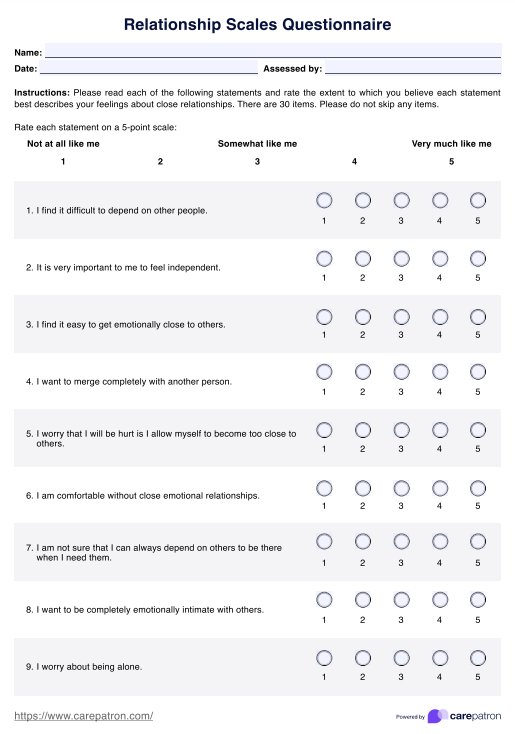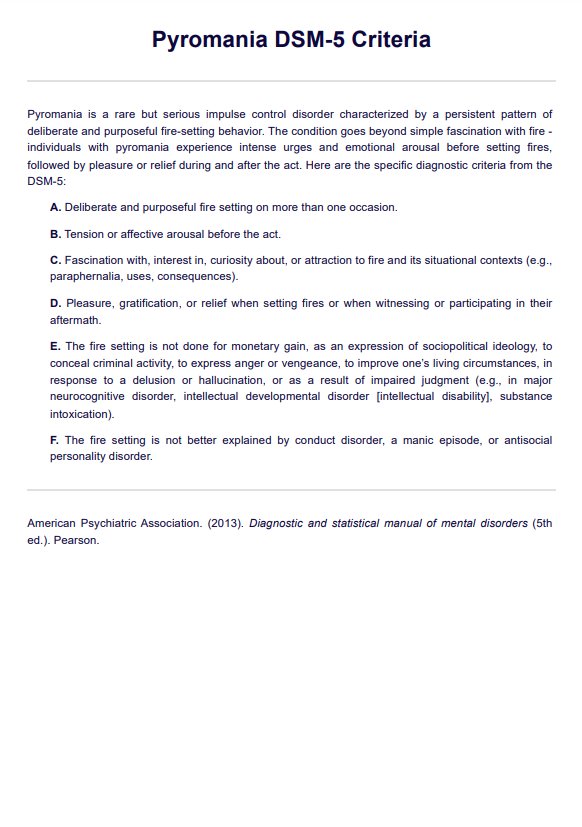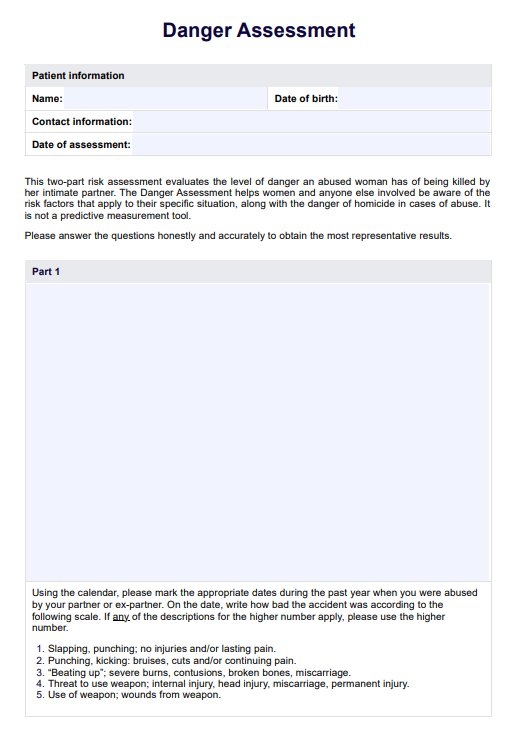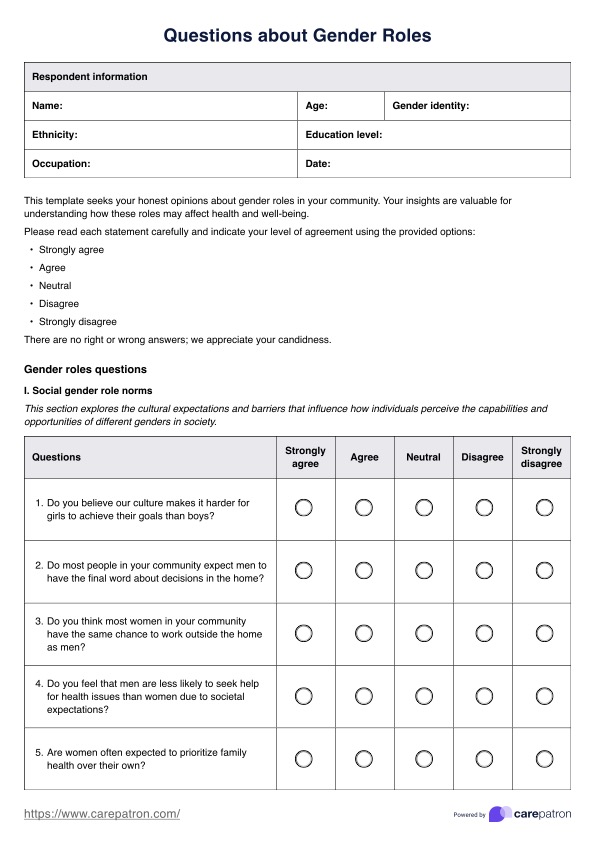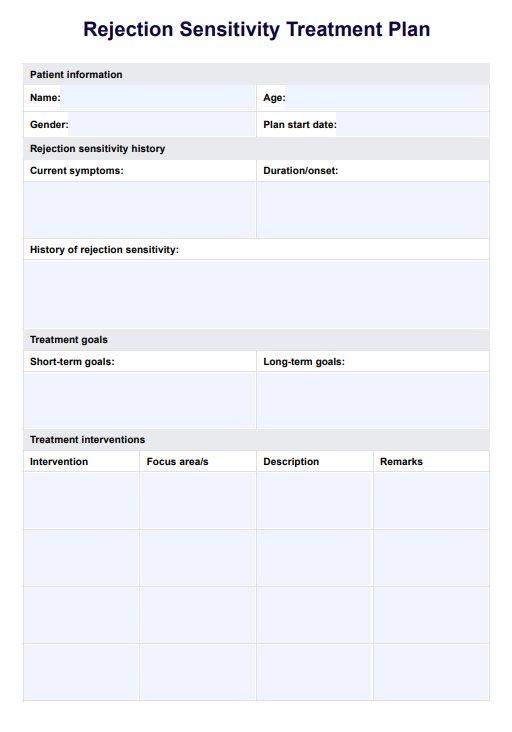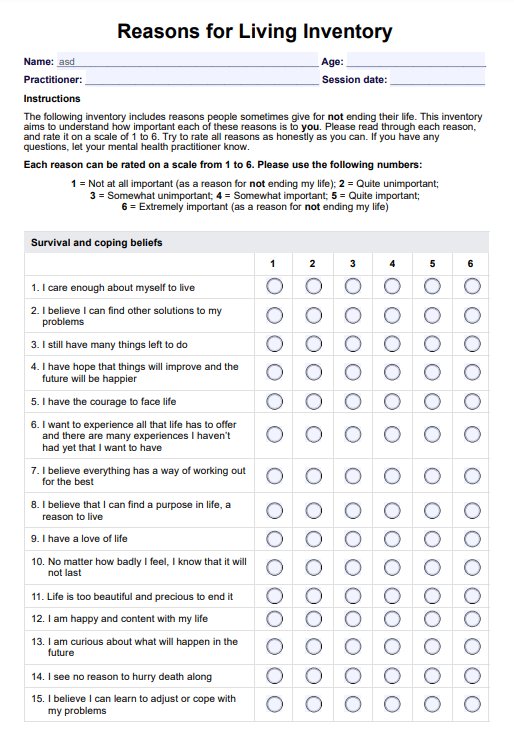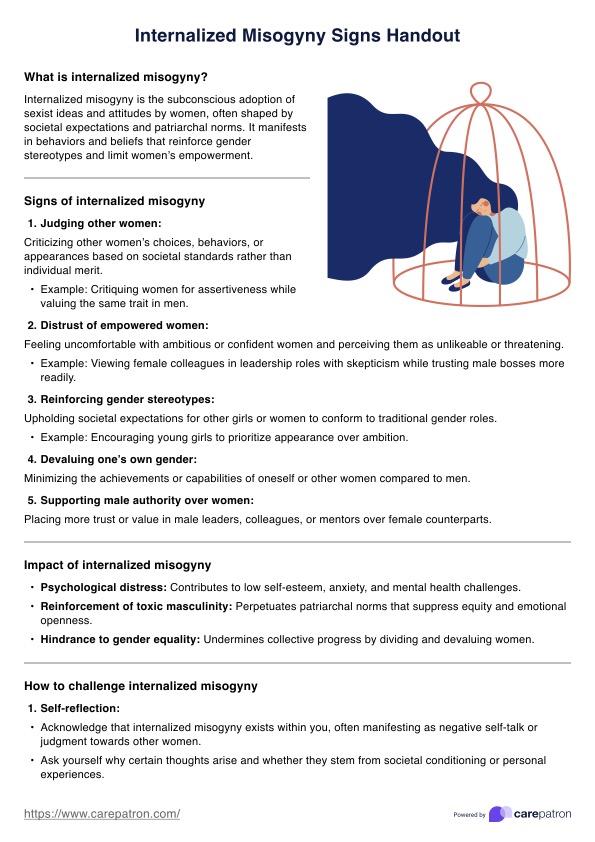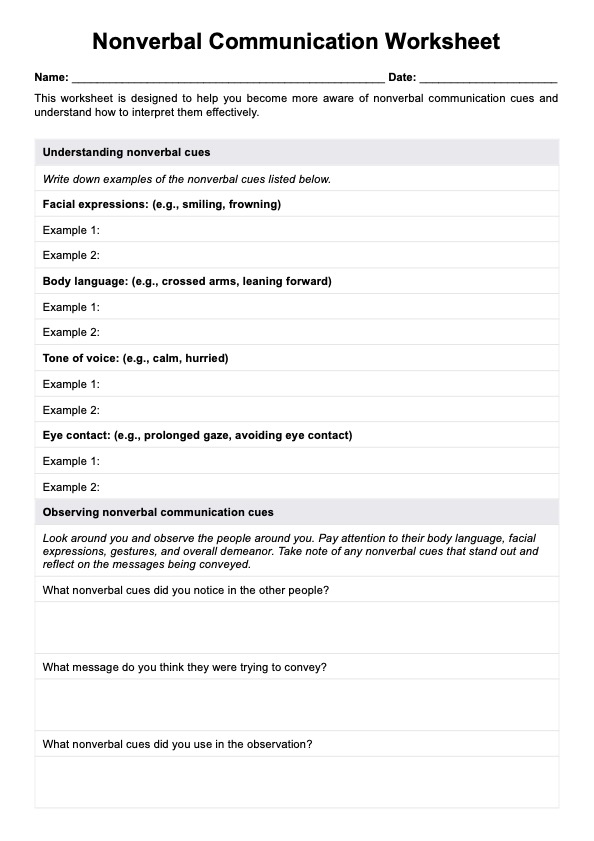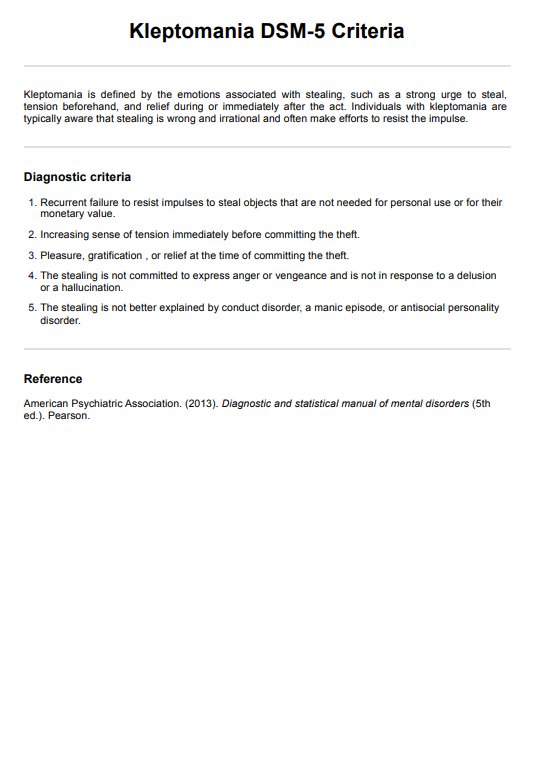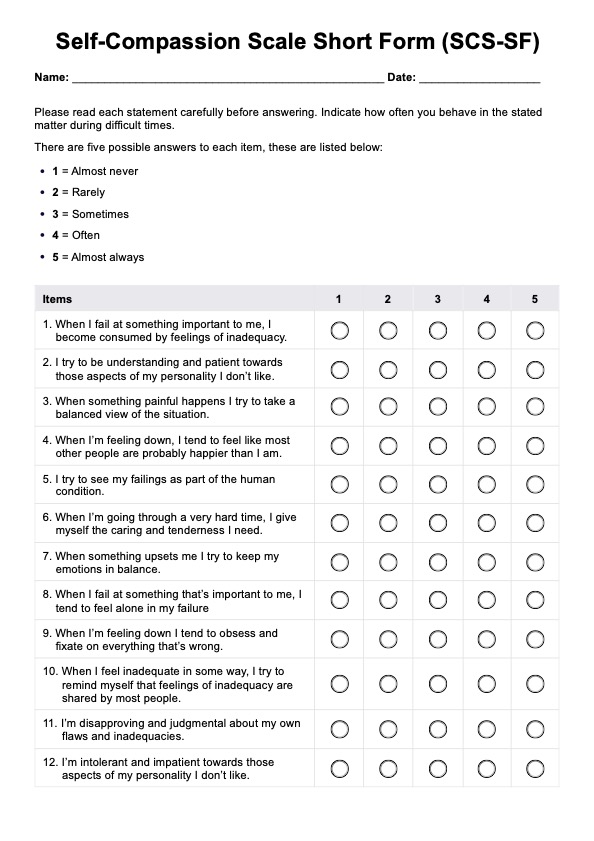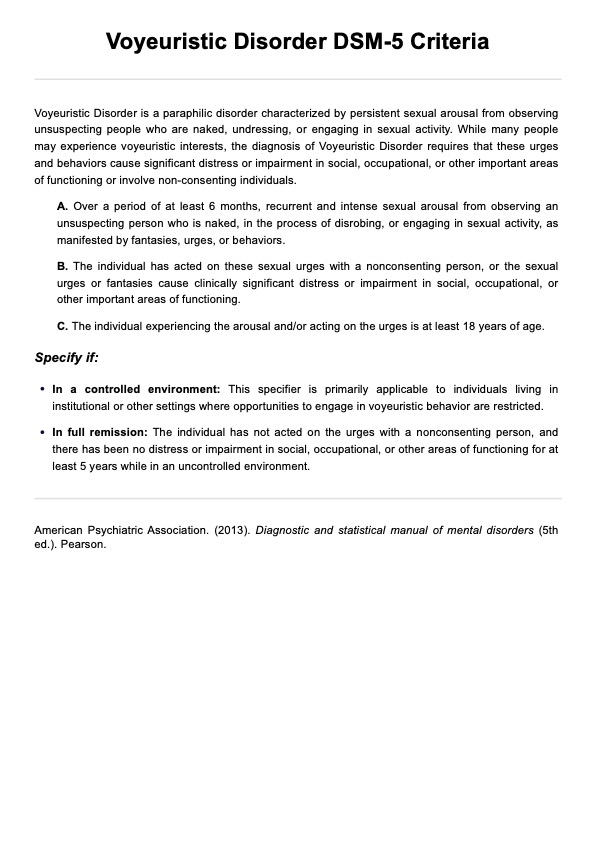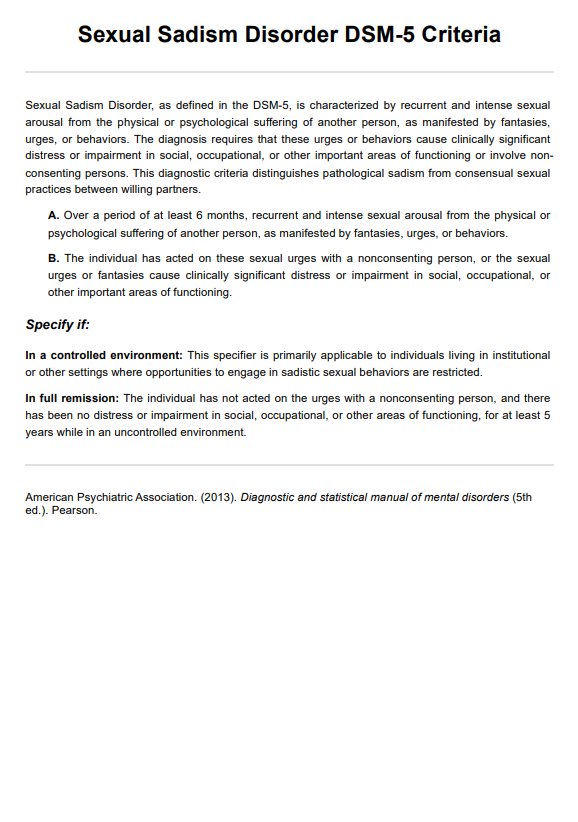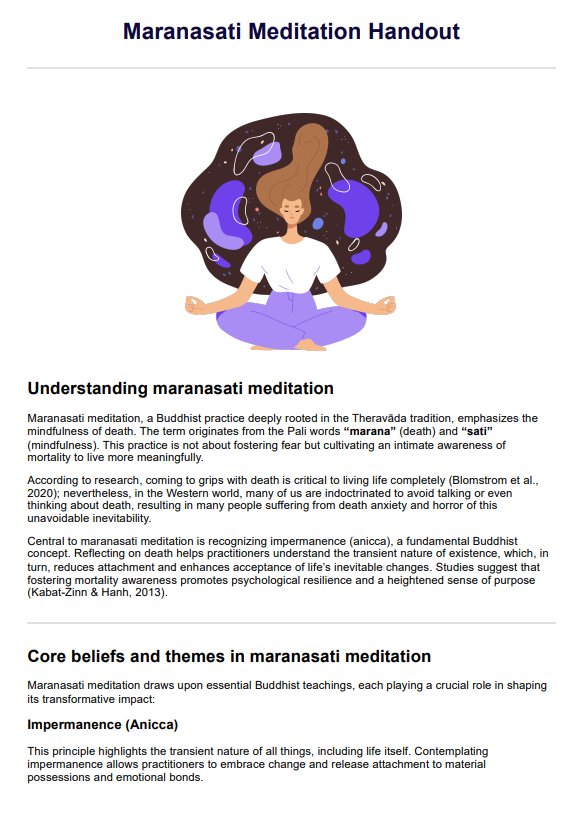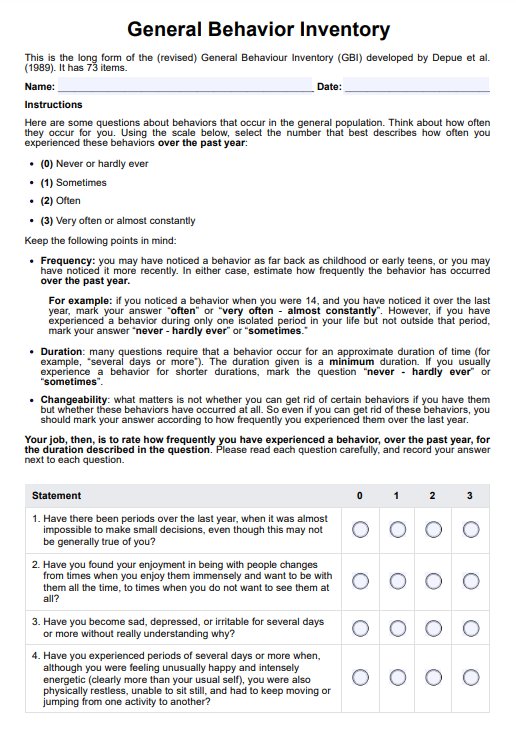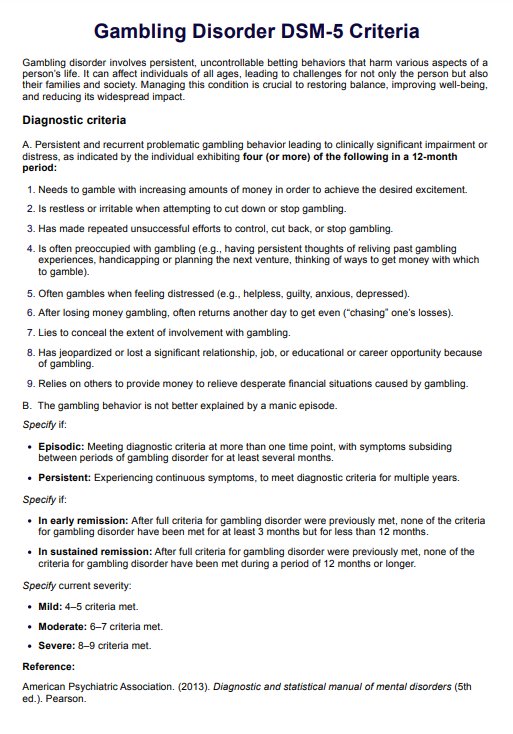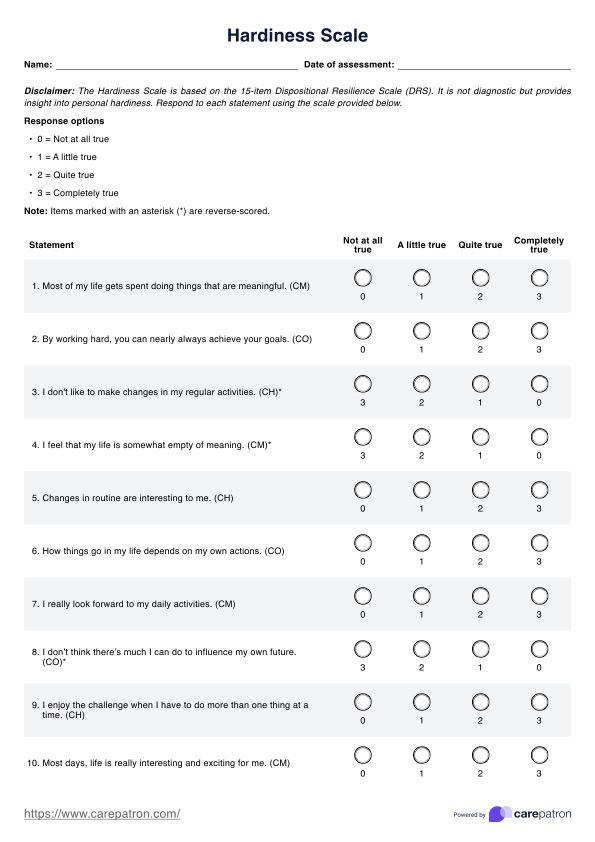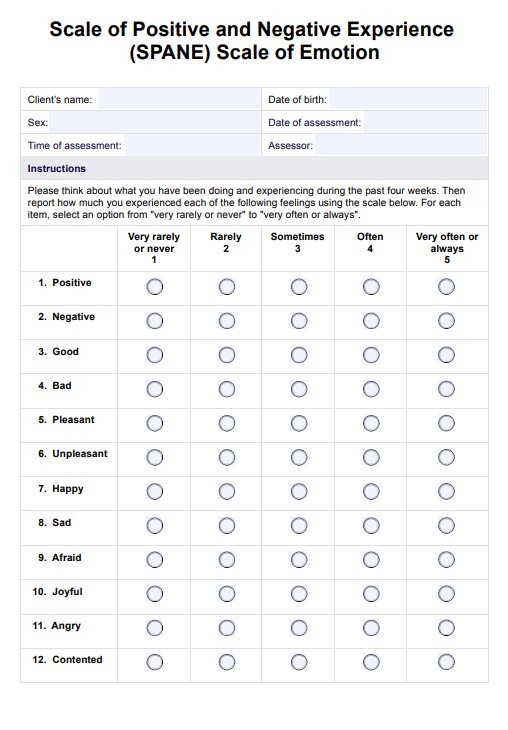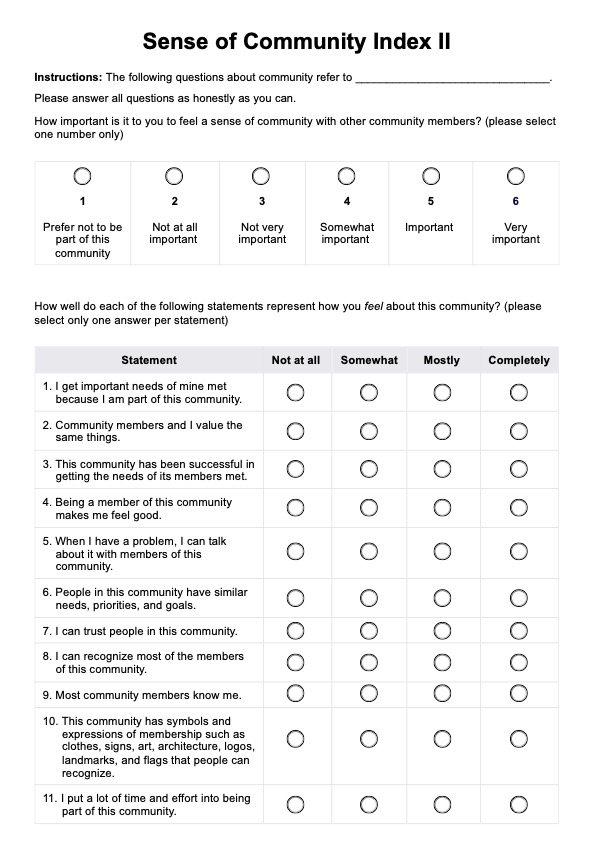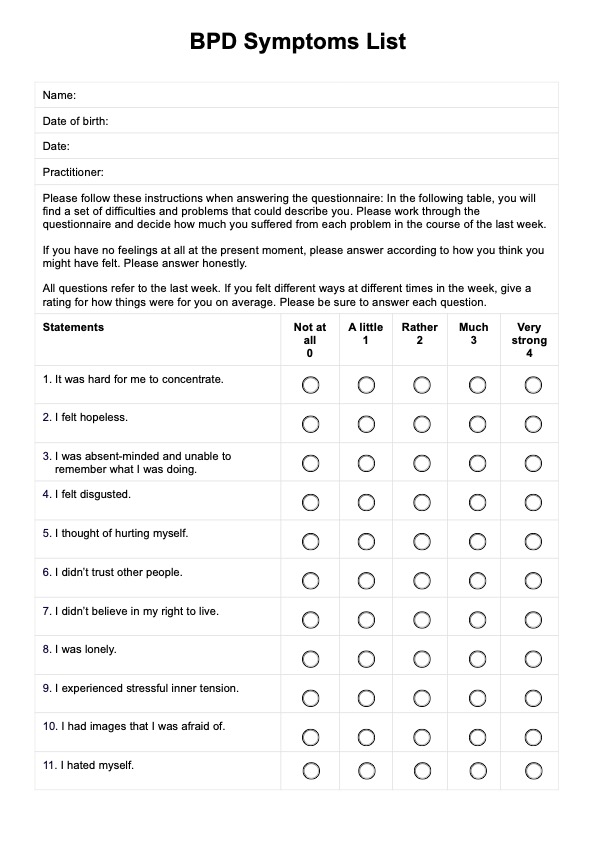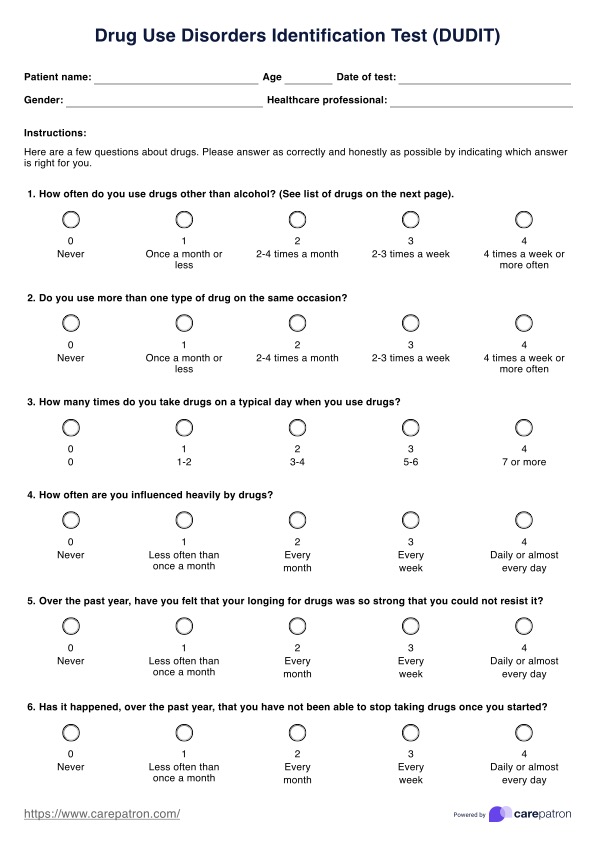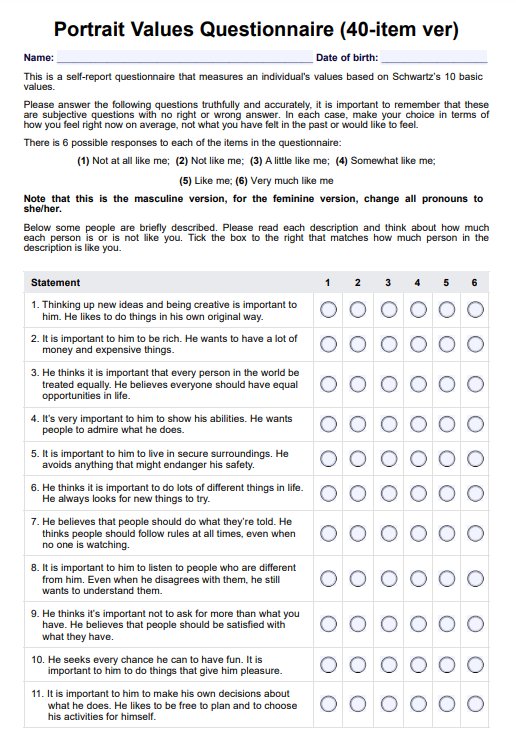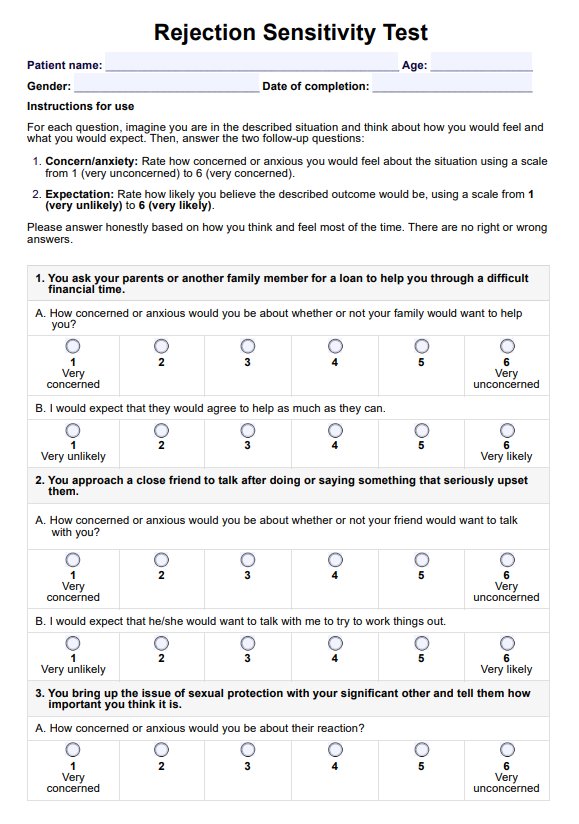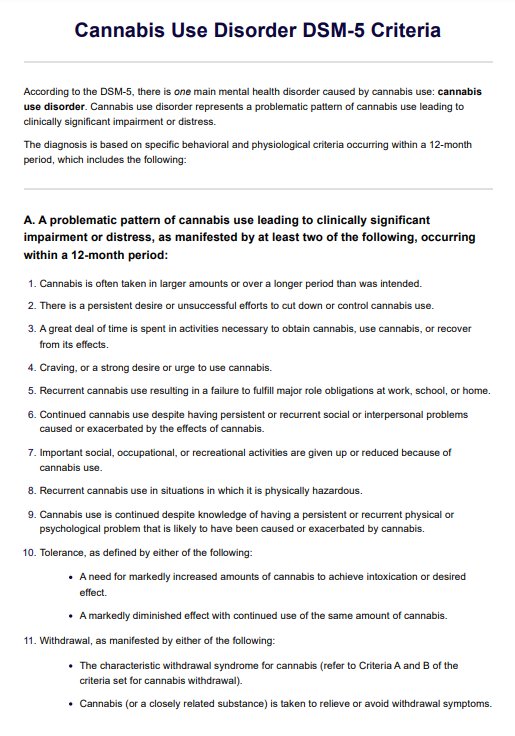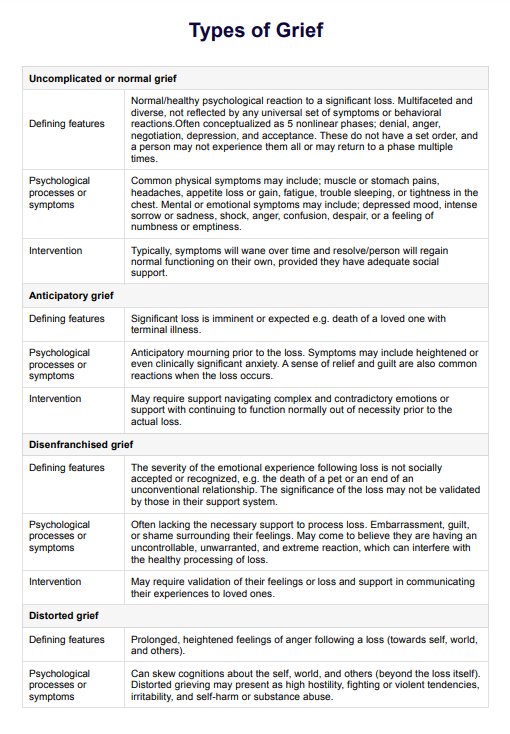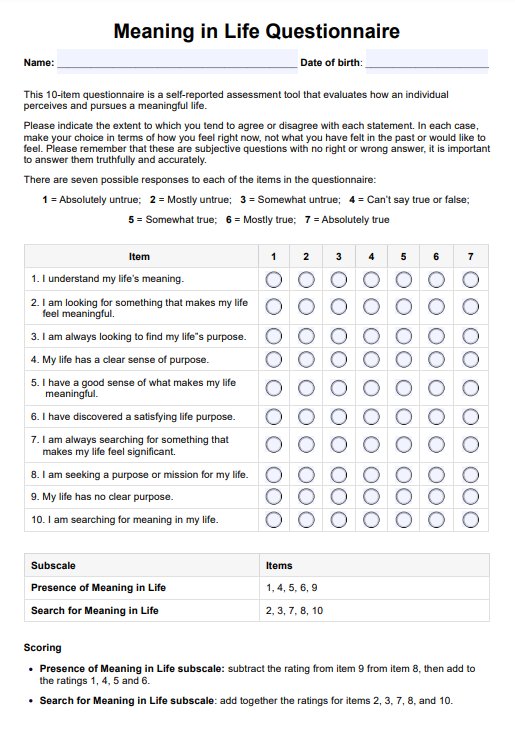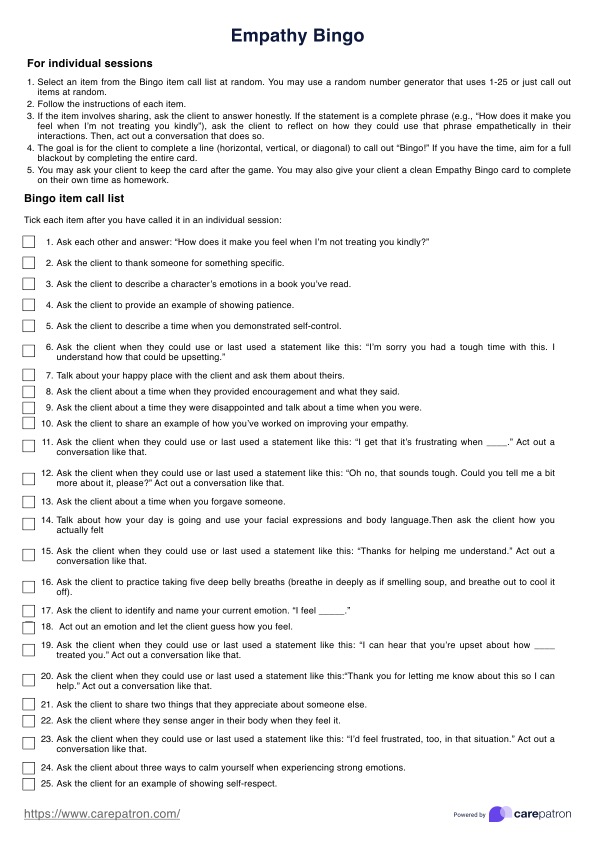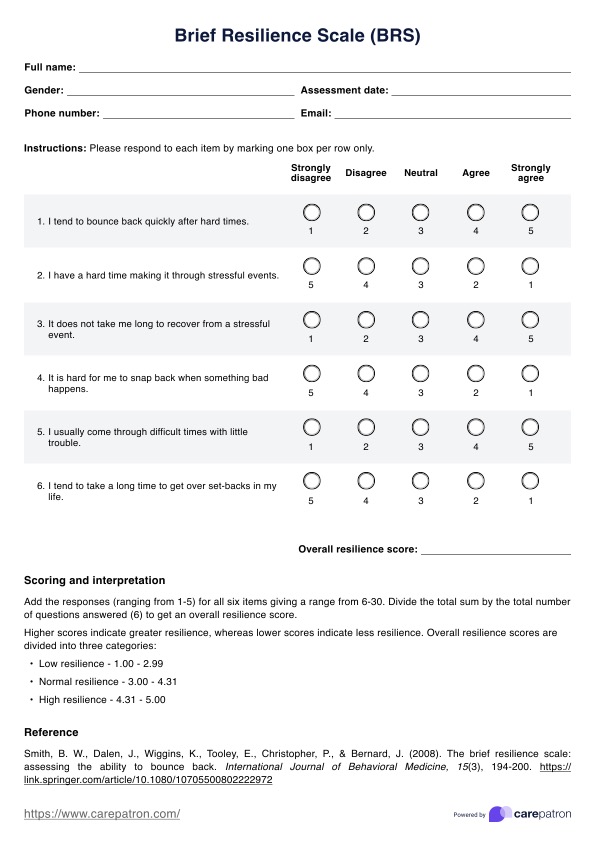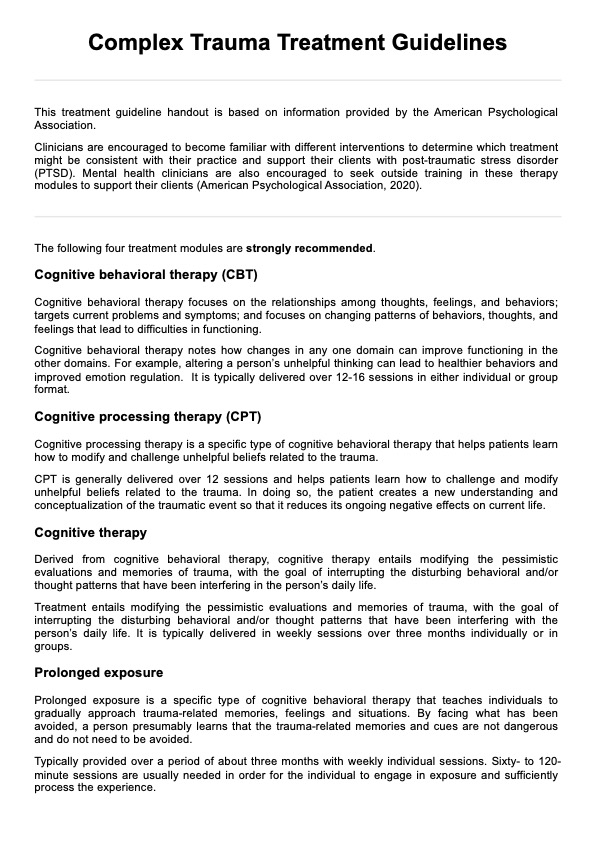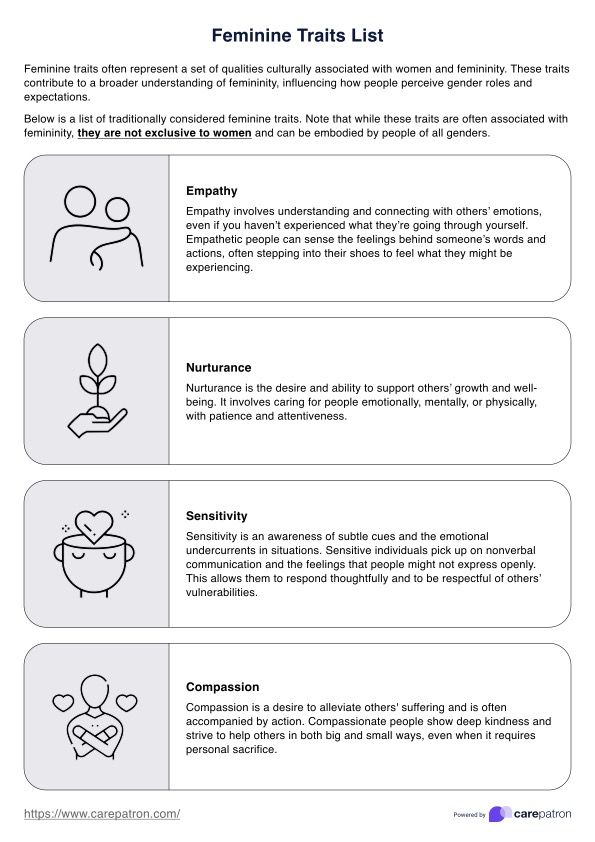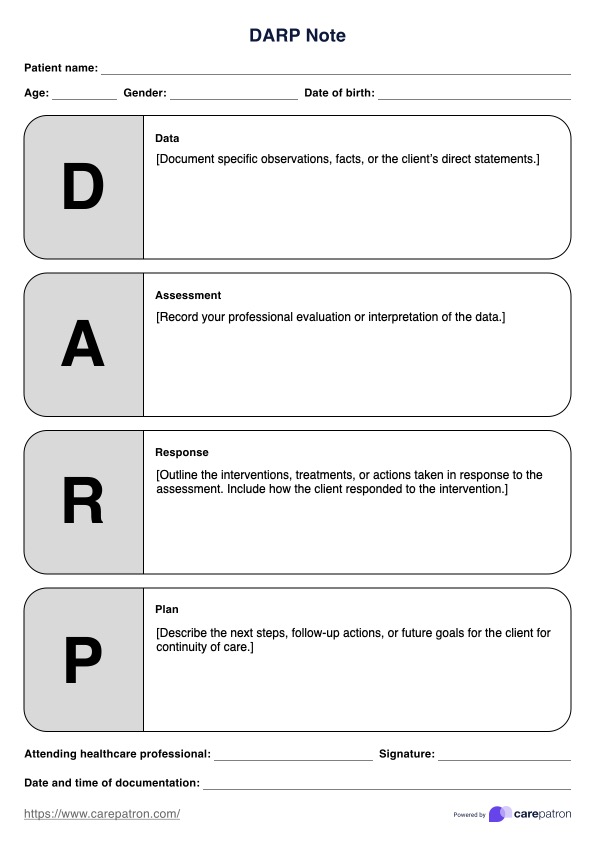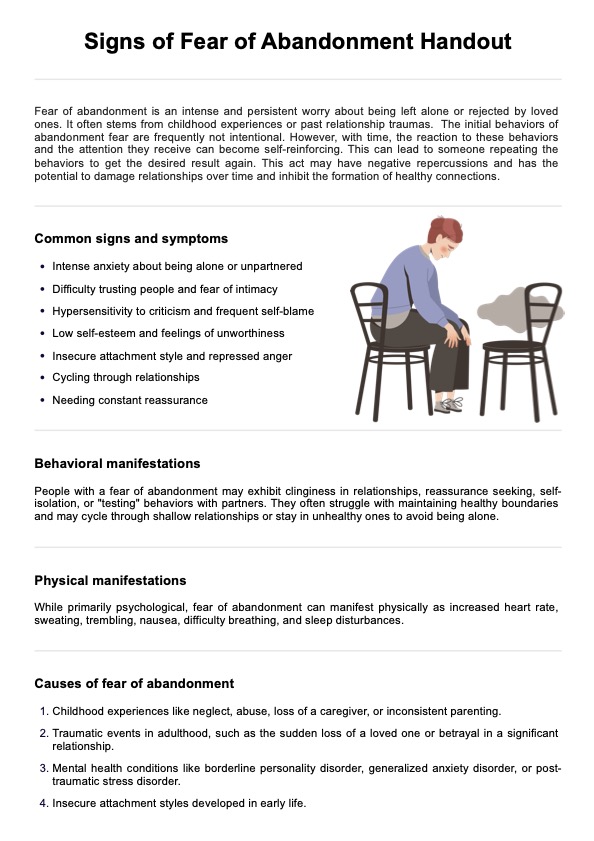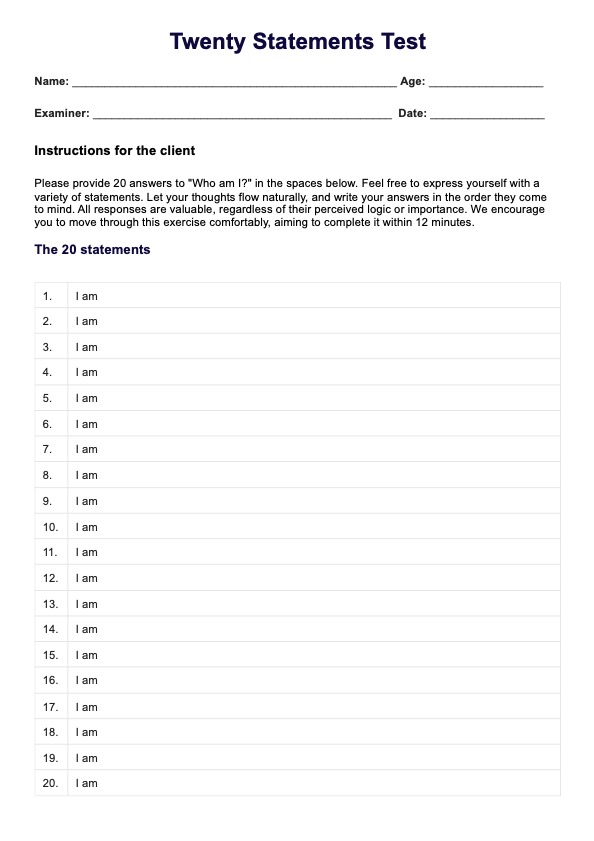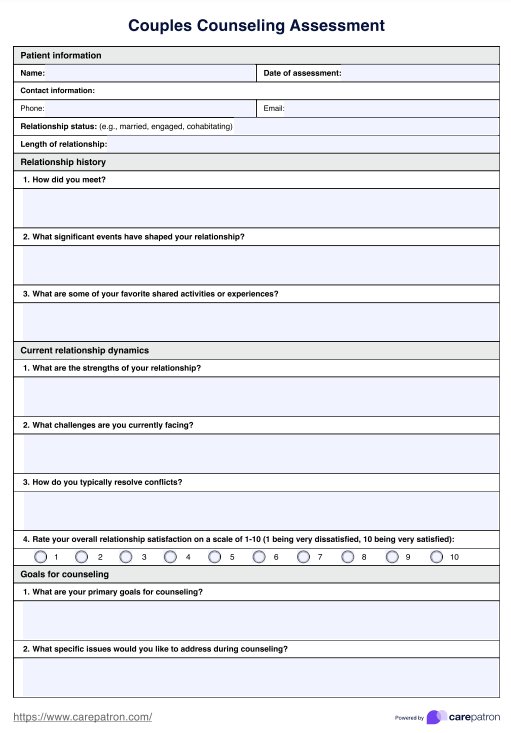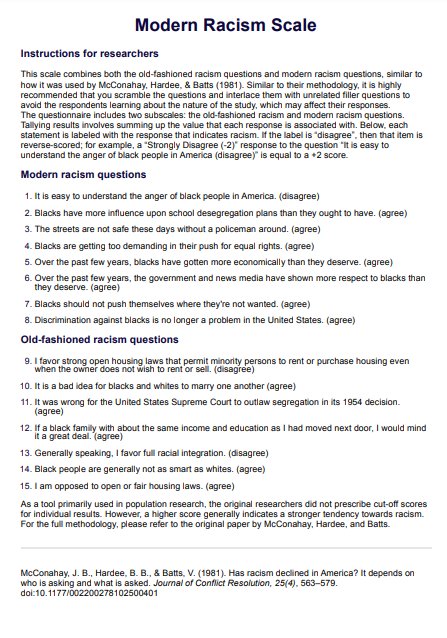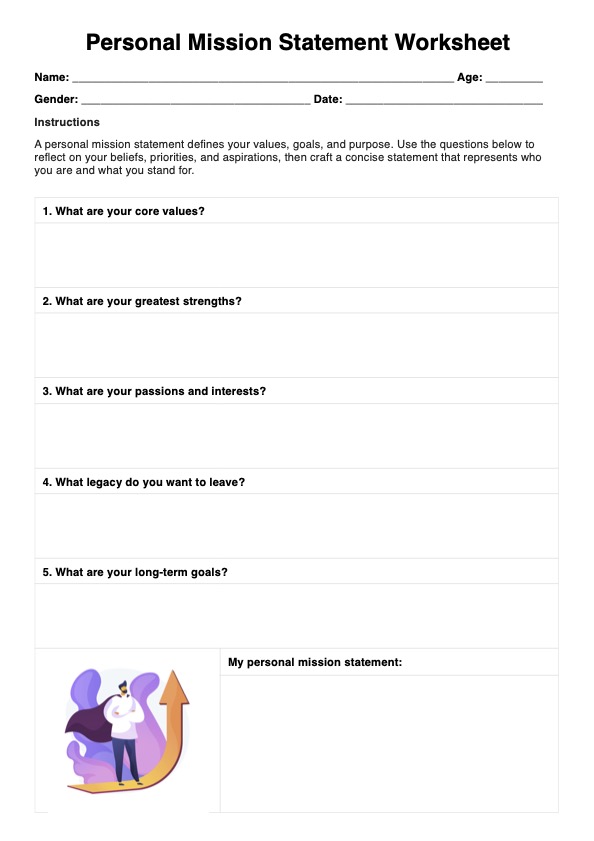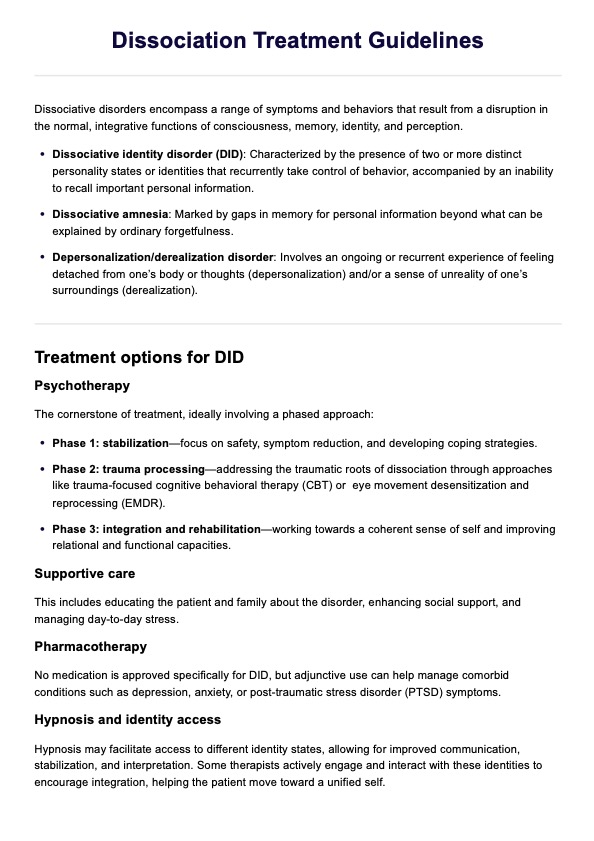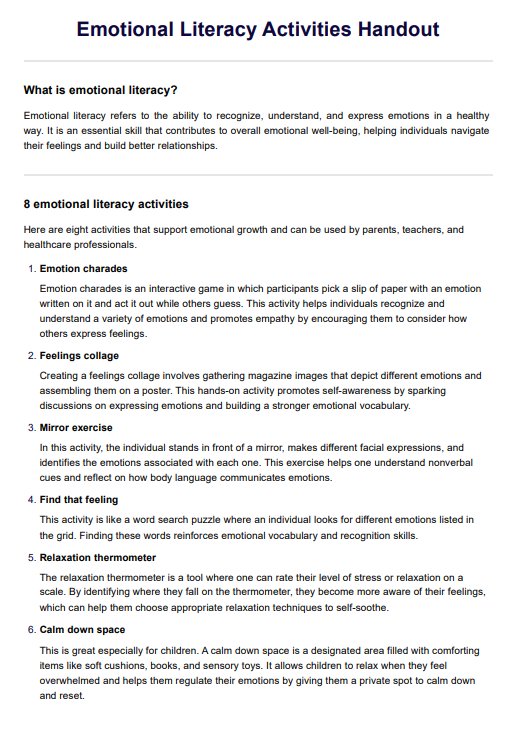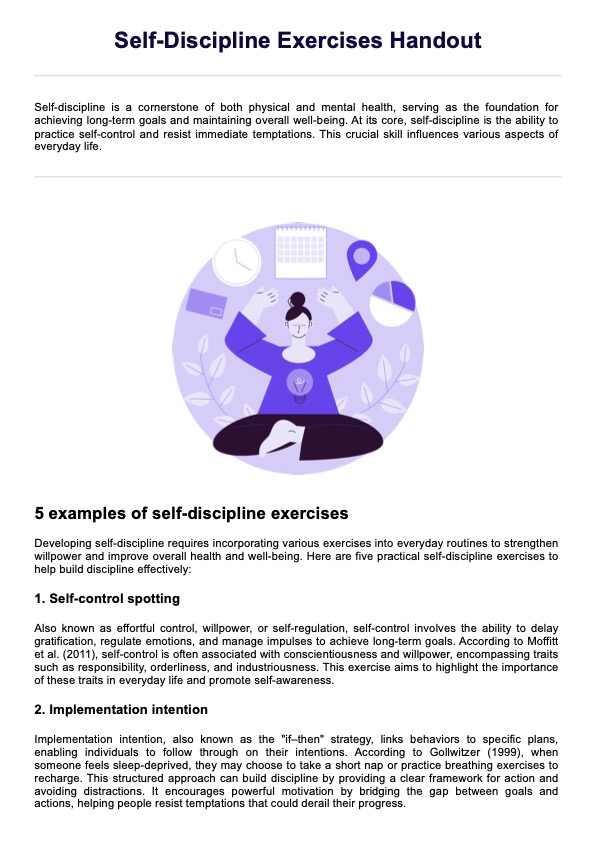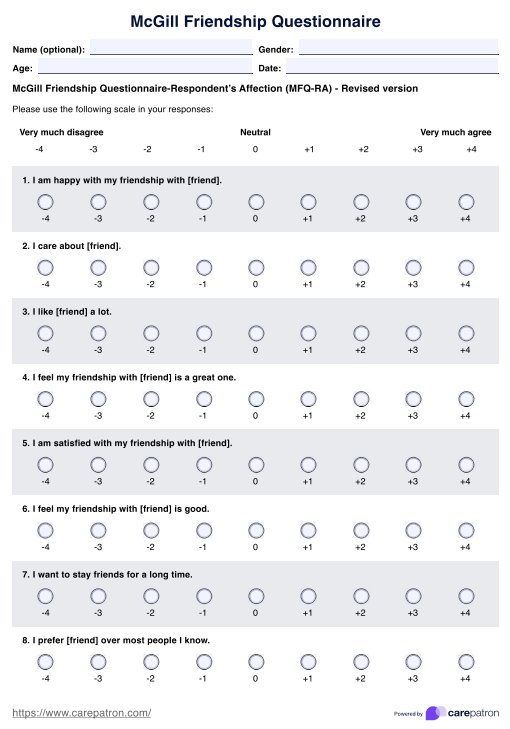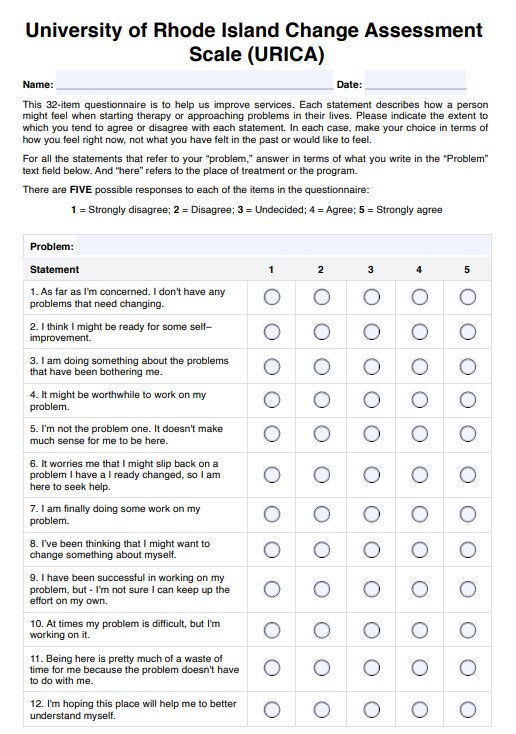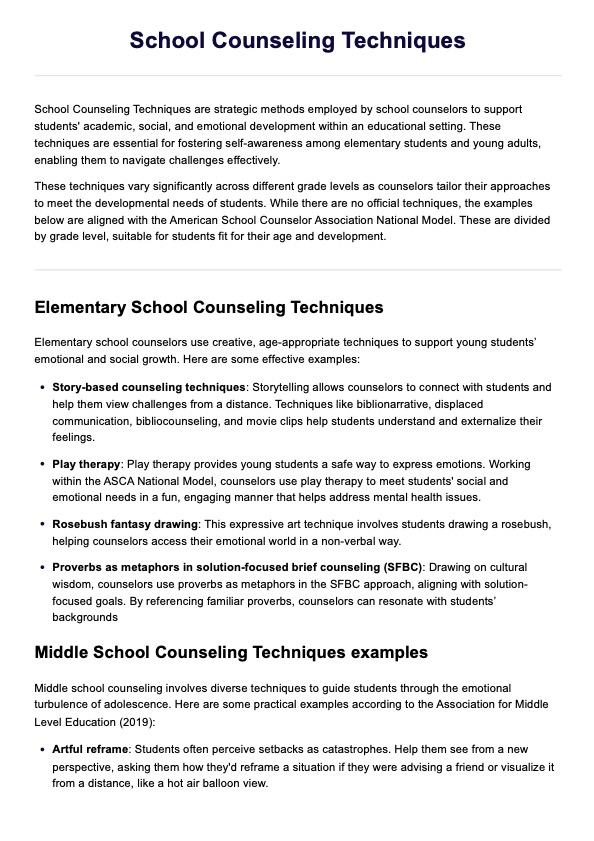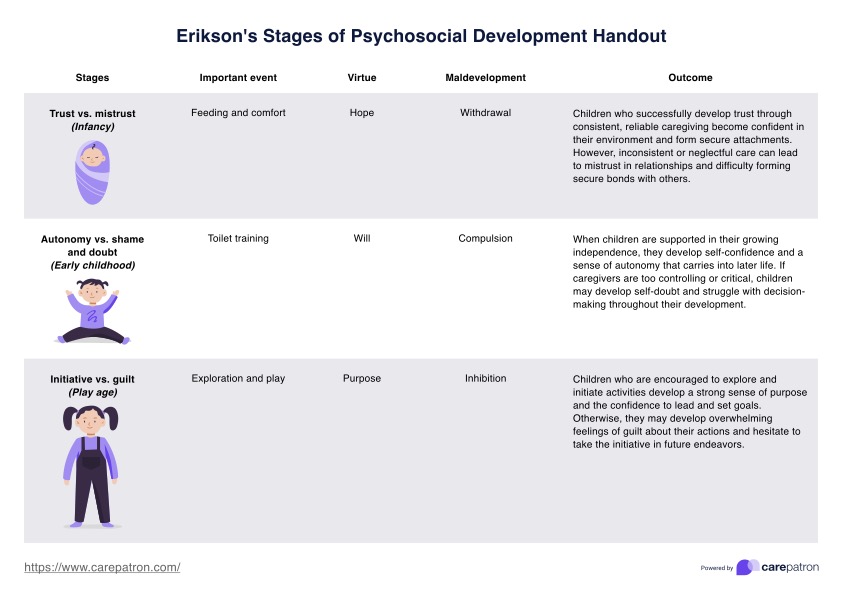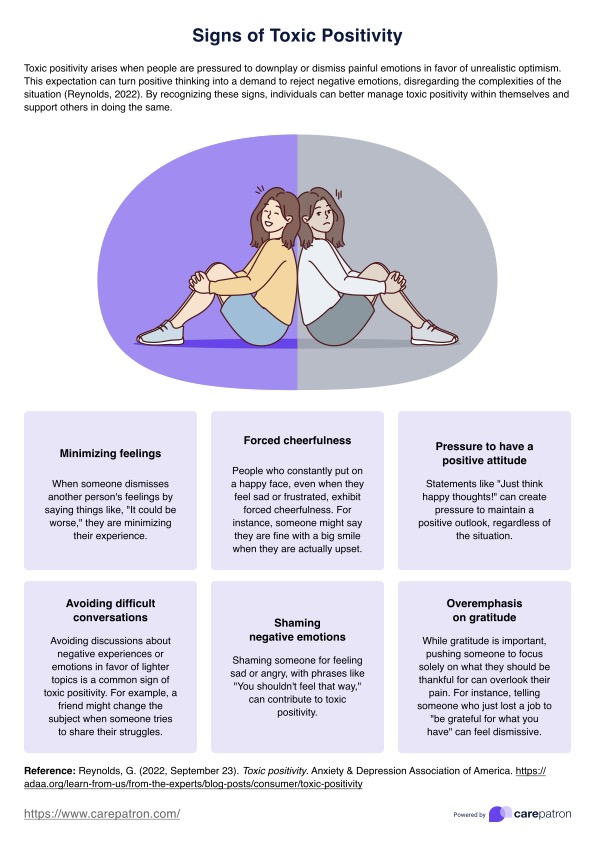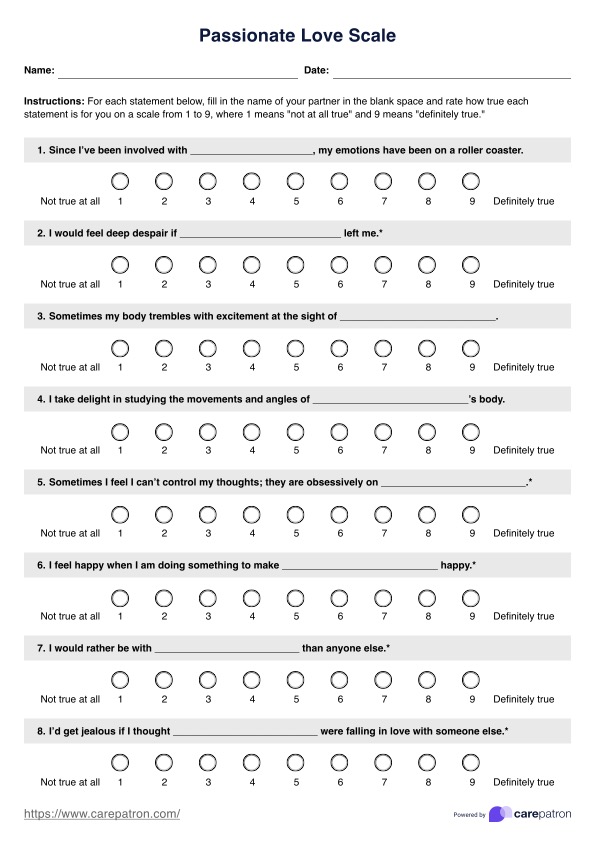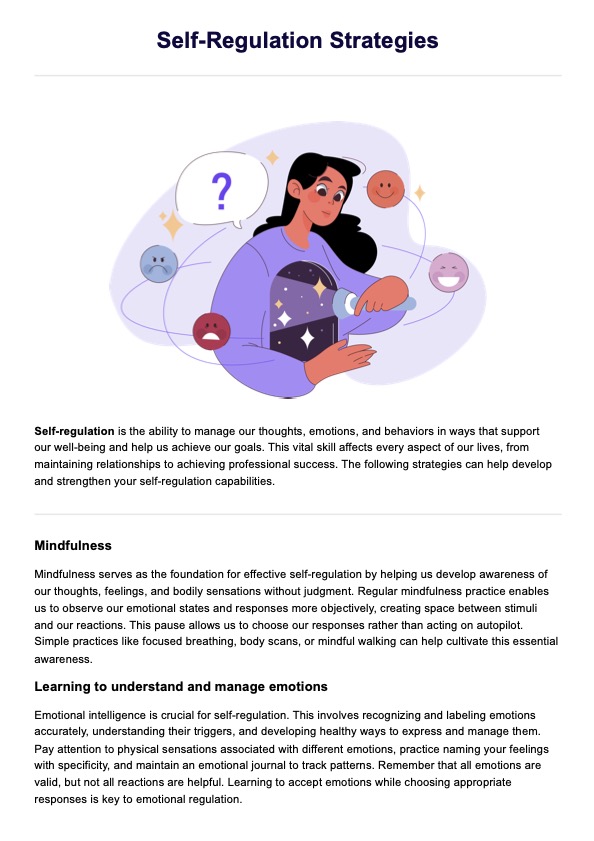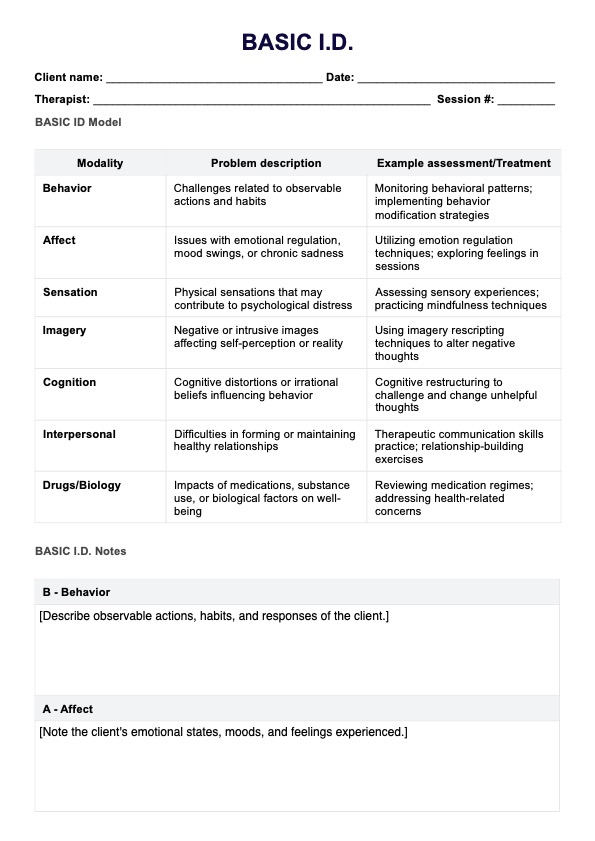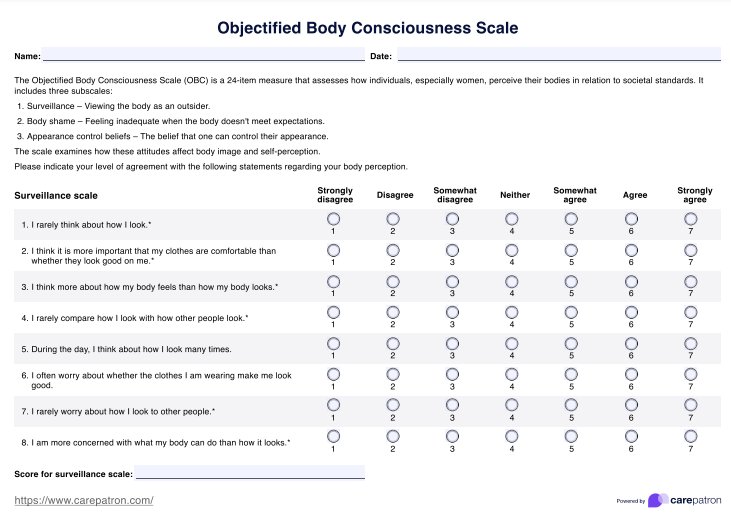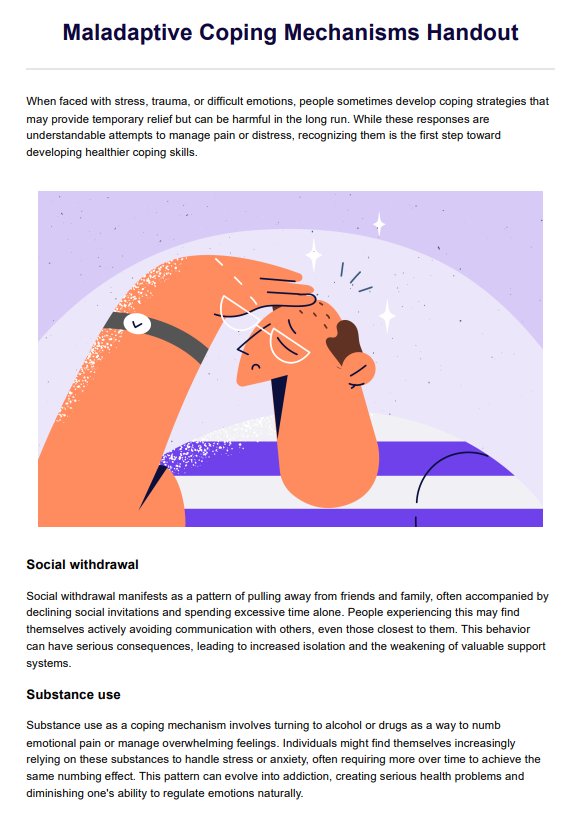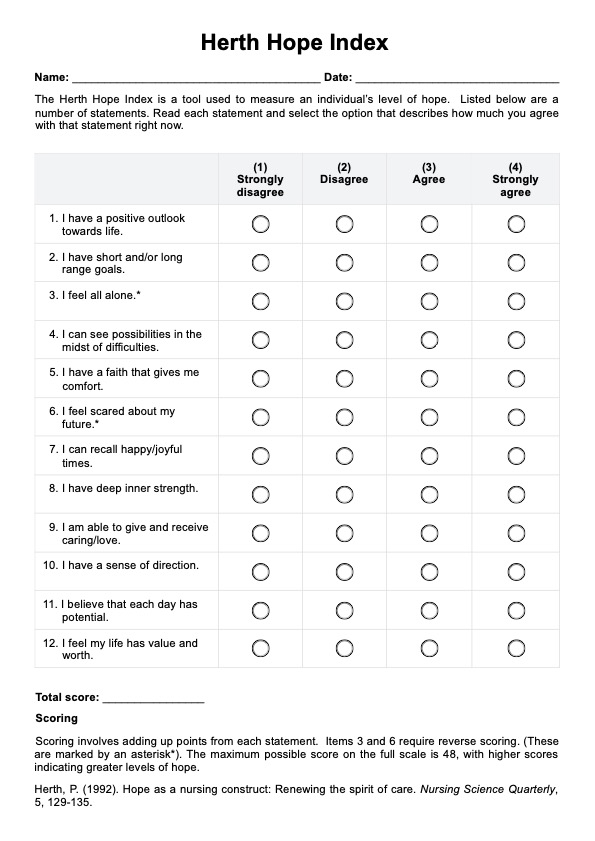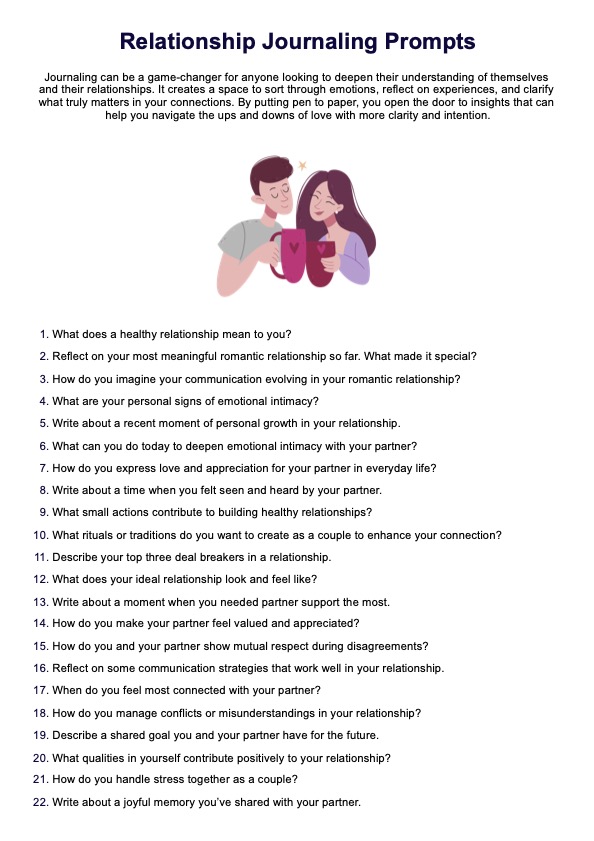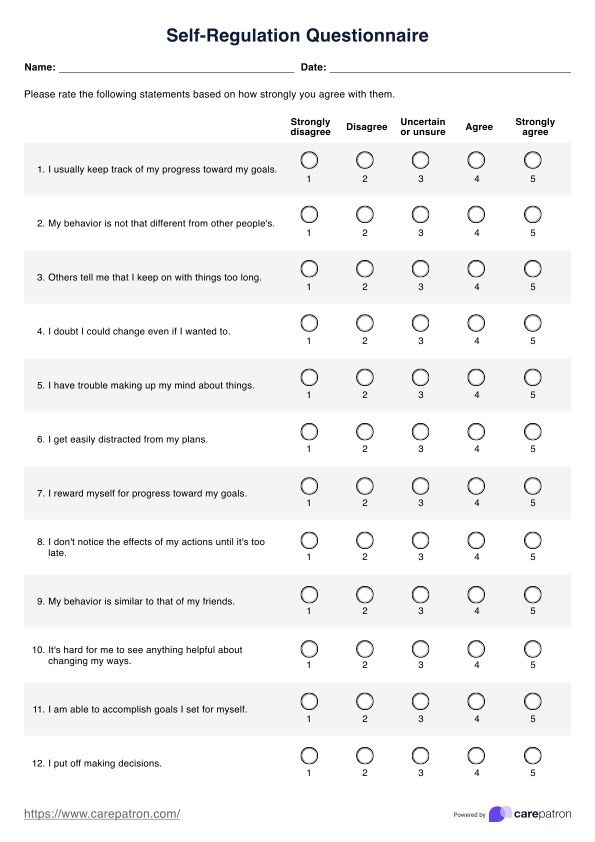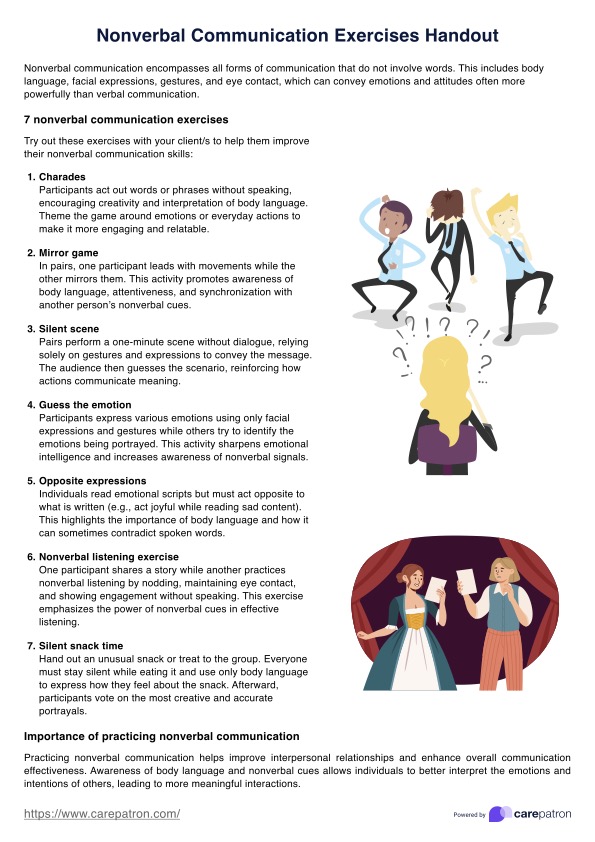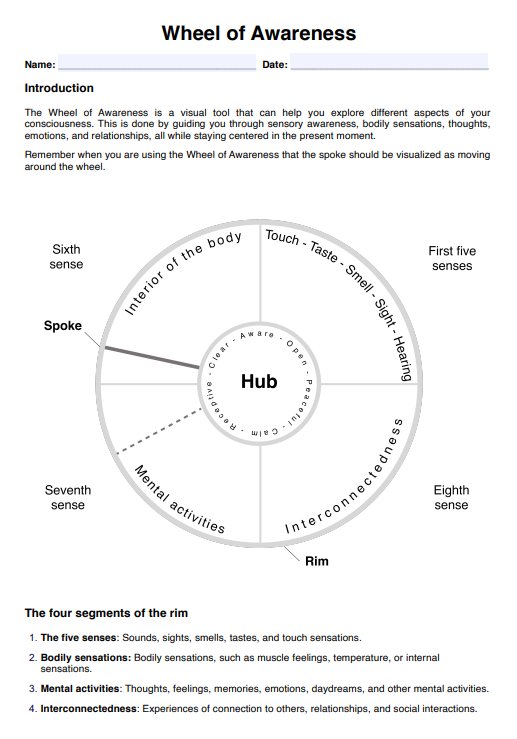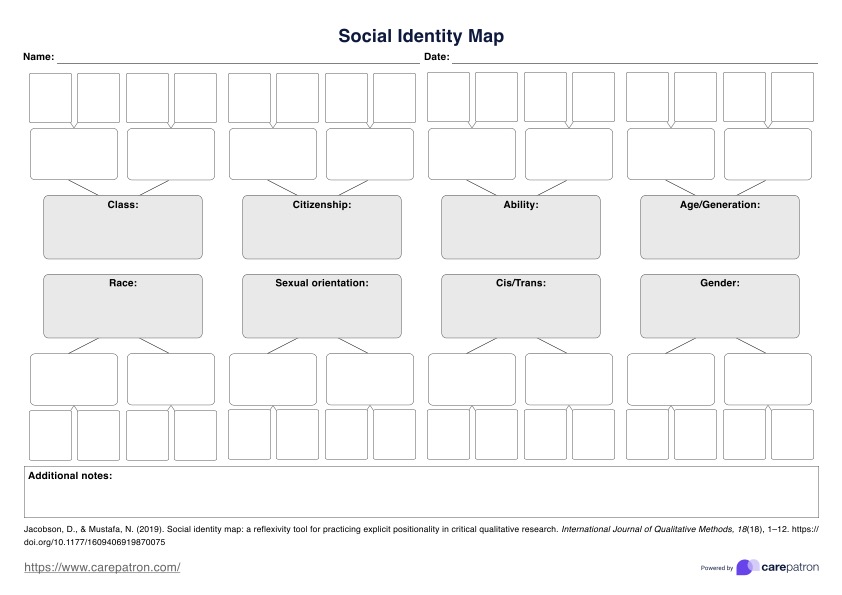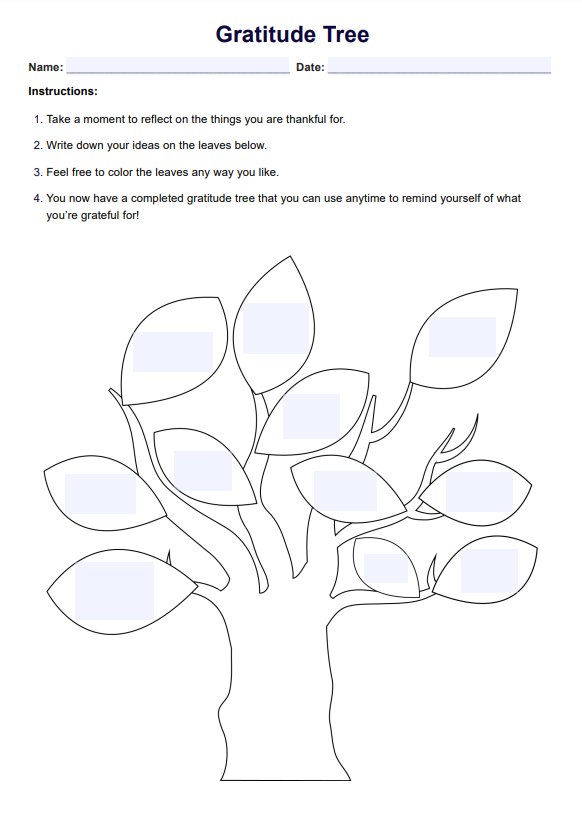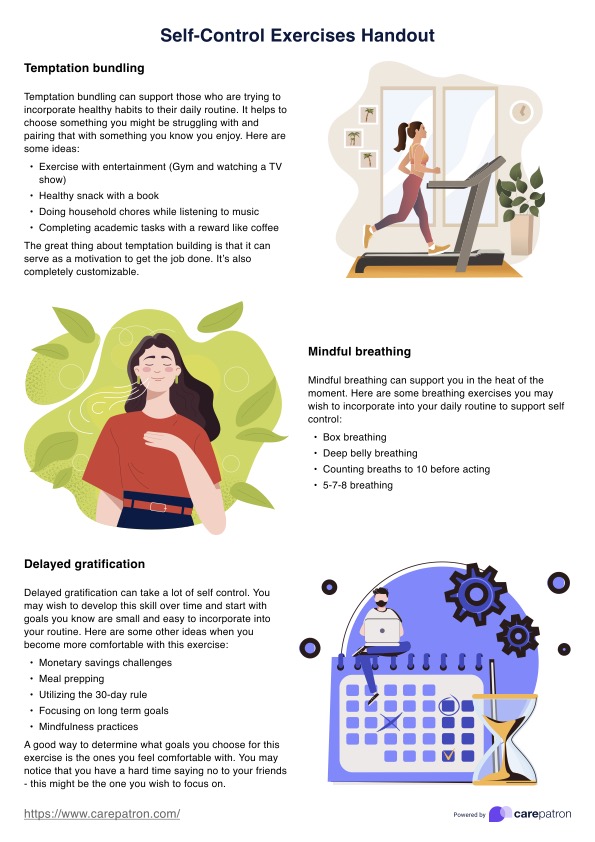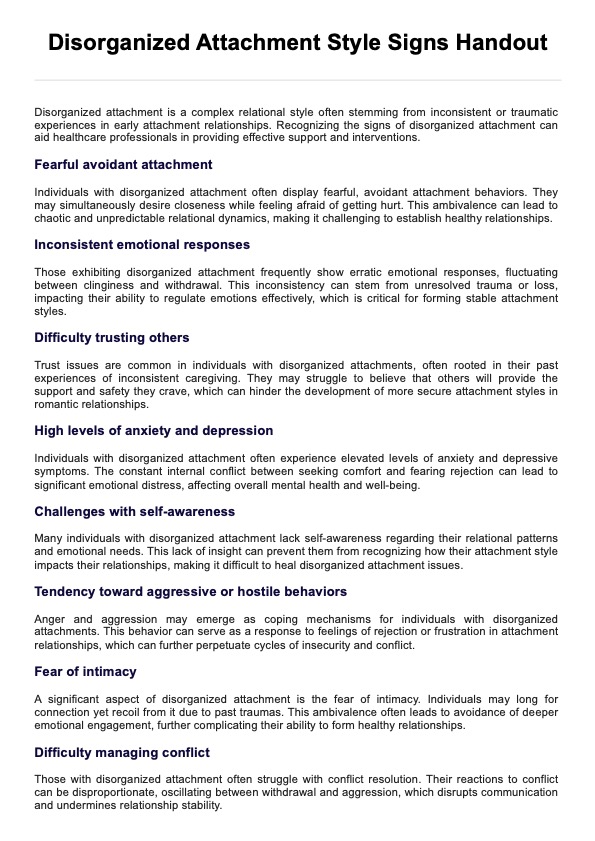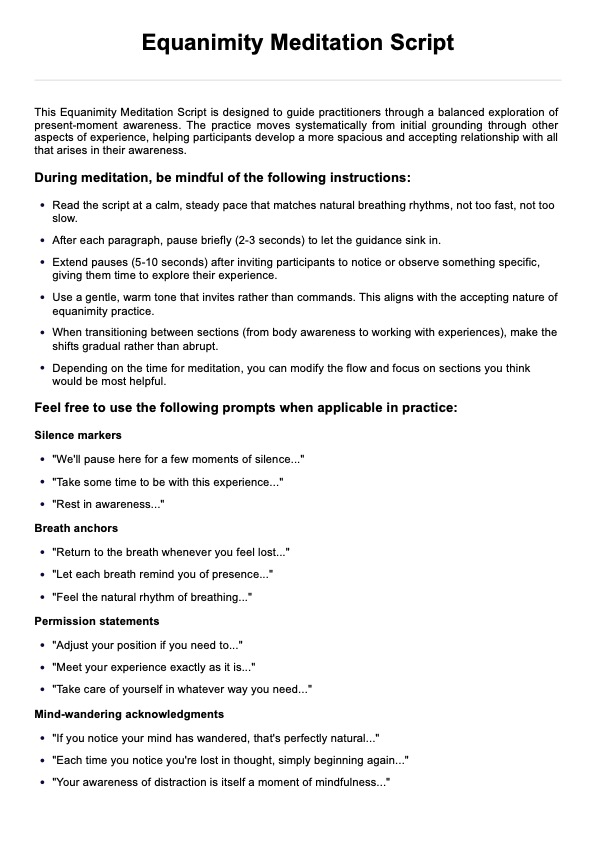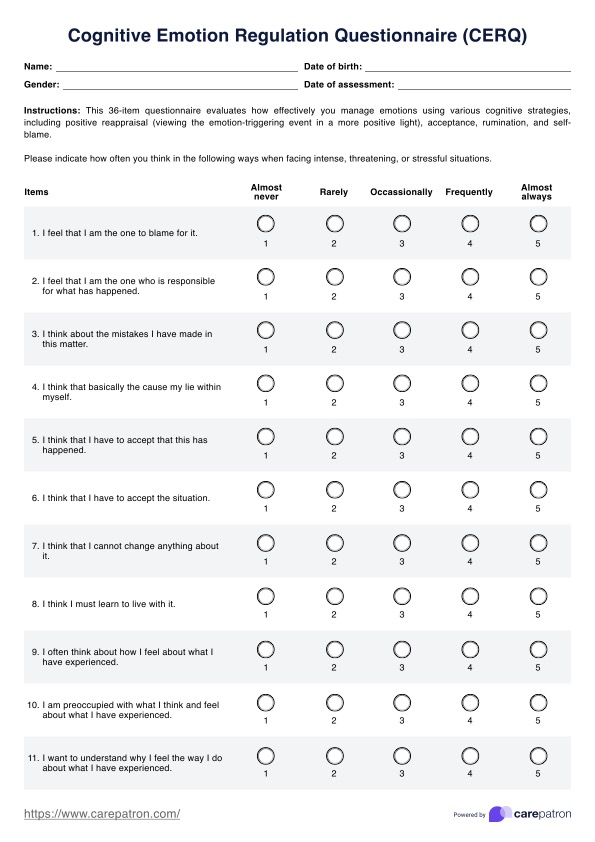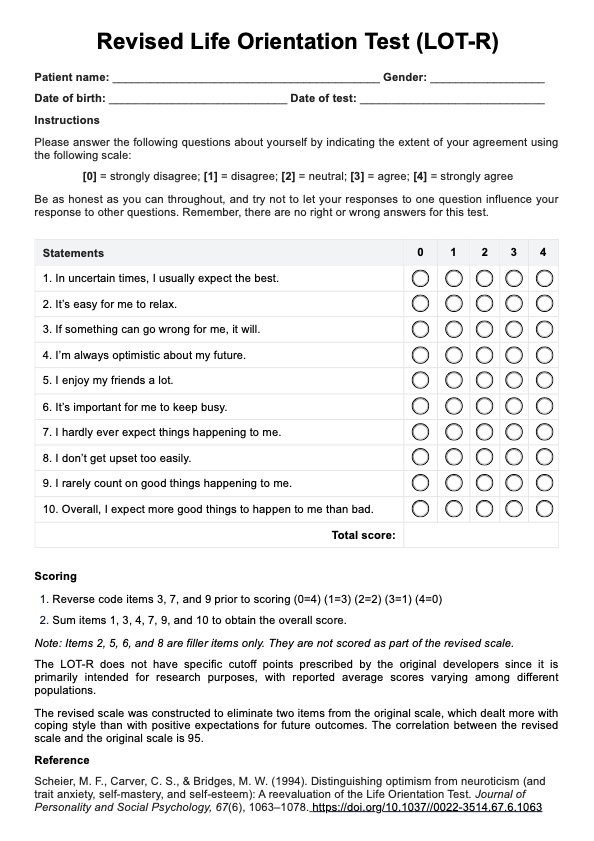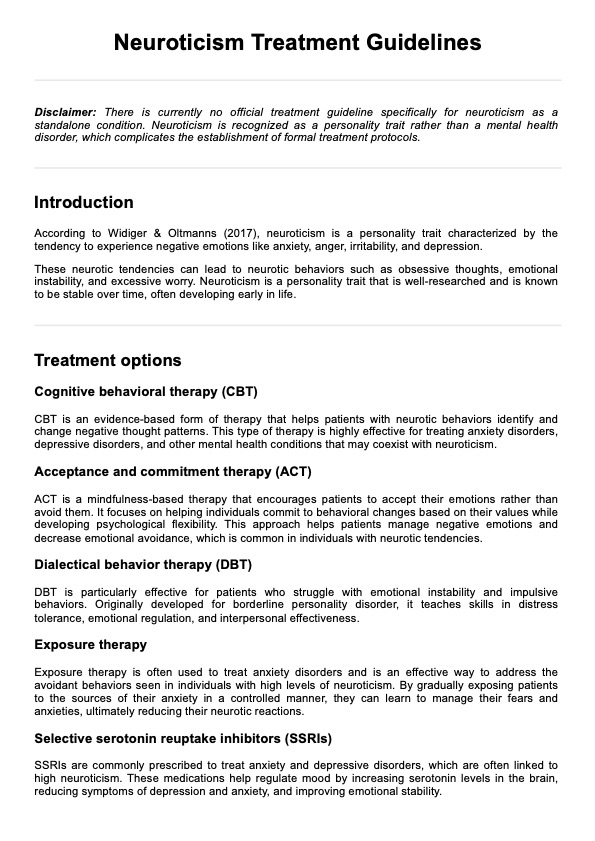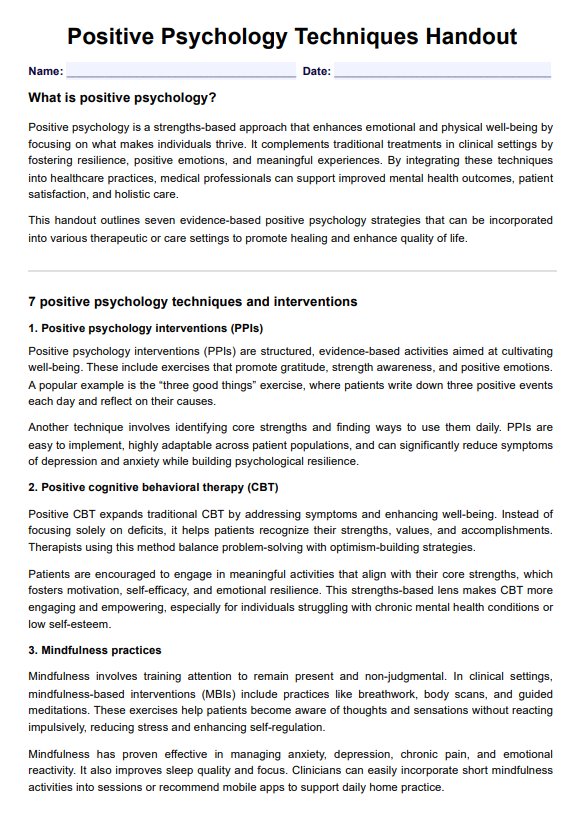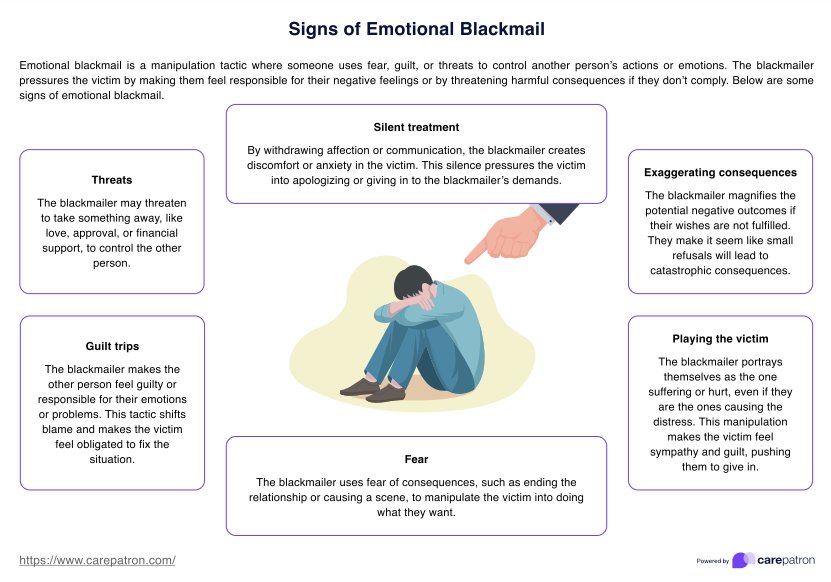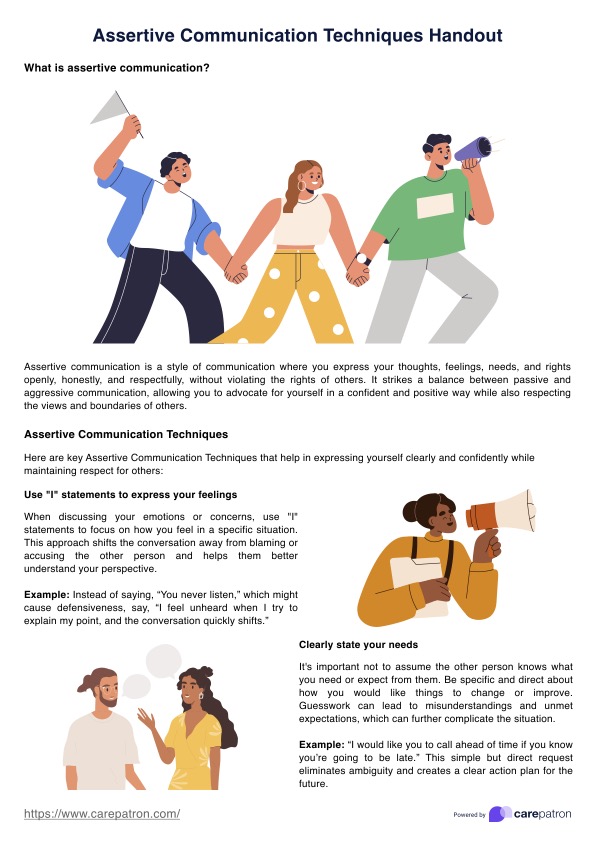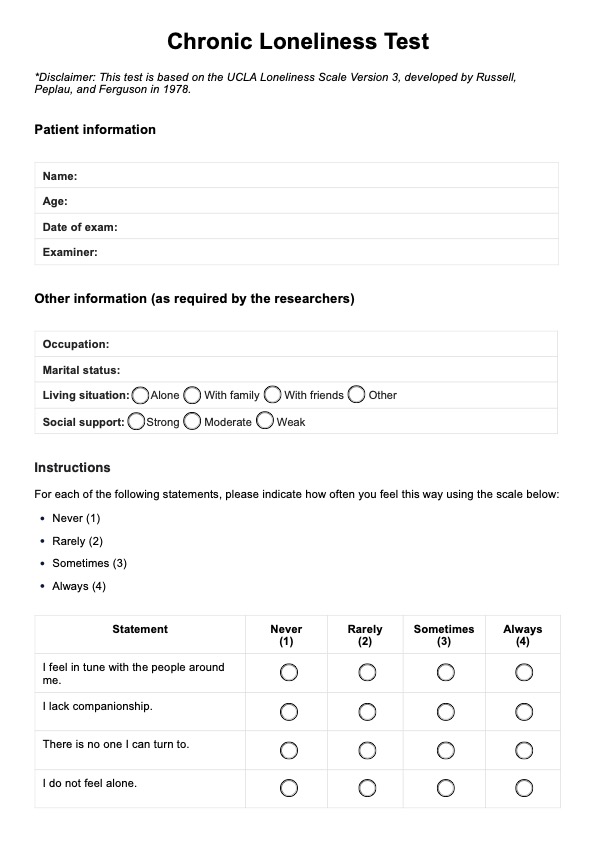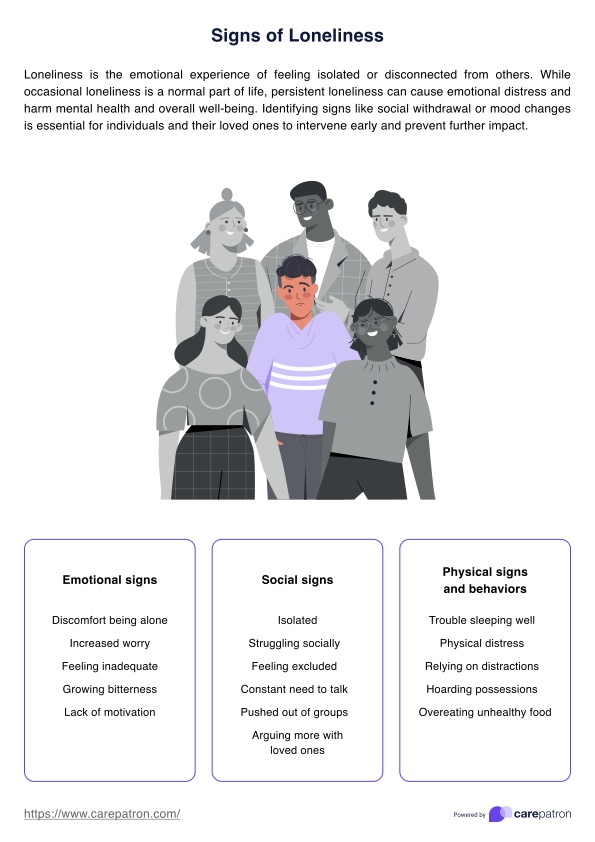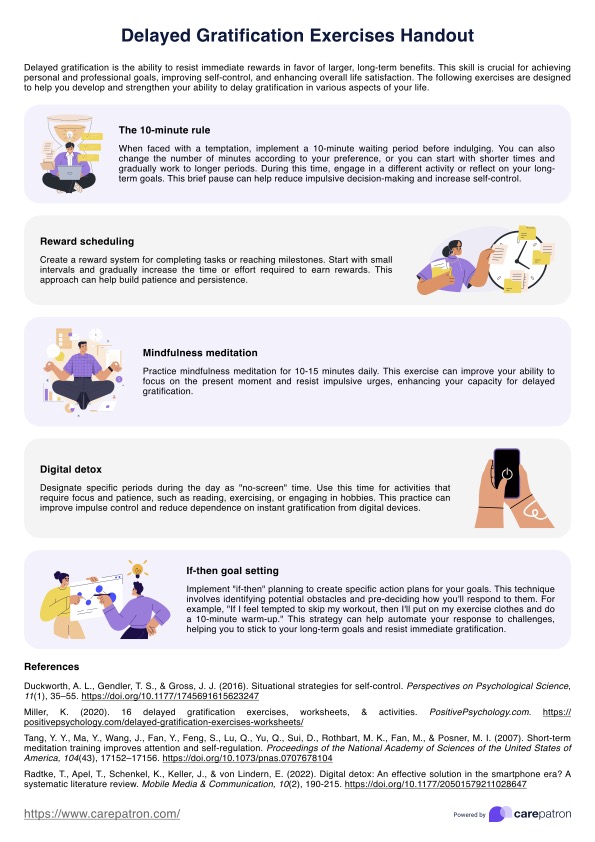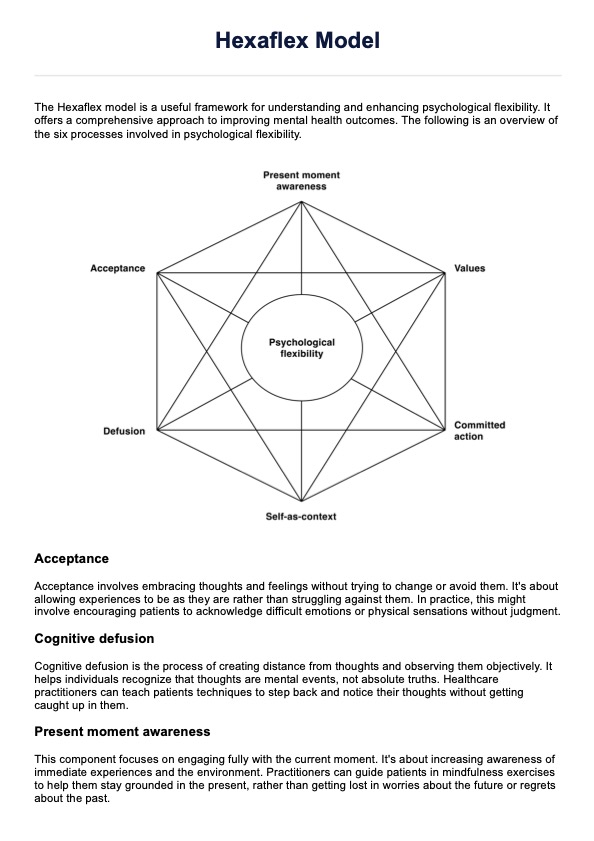Grounding Worksheet
Learn about the benefits of Grounding Worksheet to help clients manage anxiety and stress.


What is grounding?
Grounding skills are powerful tools that help individuals anchor themselves in the present moment, reducing feelings of anxiety and enhancing a sense of safety and calm. These techniques involve focusing on as many items and sensations in one's immediate environment as possible, effectively diverting the mind from distressing thoughts. By practicing grounding exercises regularly, individuals can cultivate a reliable way to engage with the present moment, making it easier to navigate stressful situations with a sense of control and tranquility.
What are grounding techniques?
Grounding techniques are practical and mental exercises designed to help individuals focus on the present moment and body awareness, reducing feelings of anxiety and distress.
Regular grounding skills can enhance their effectiveness, providing reliable support during stress. Here are grounding techniques to include in therapy sessions for your patients:
- 5-4-3-2-1 technique: The patient identifies five things they can see, four things they can touch, three things they can hear, two things they can smell, and one thing they can taste. This technique engages multiple senses and focuses the attention on the present moment.
- Deep breathing: Encourage clients to breathe slowly through their nose for a count of four, hold for a count of four, exhale through the mouth for a count of four, and hold again for four. Deep breathing helps calm the body and mind by reducing physical symptoms of anxiety.
- Physical sensation: Let the individual hold an ice cube, run their hands under cold water, or squeeze a stress ball. Focusing on these physical sensations is a practical tool to shift attention away from anxious thoughts and back to the present moment.
- Movement: Encourage your patient to engage in physical activities like walking, stretching, or yoga. Movement helps ground oneself by making the person aware of their body and its actions, reducing stress and anxiety.
- Counting: Tell the patient to count backward from 100 in increments of three or count items around them, such as ceiling tiles or trees. Counting is a simple yet effective way to divert their focus from anxiety to a structured task.
Grounding Worksheet Template
Grounding Worksheet Example
How does this grounding technique worksheet work?
Our Grounding Worksheet combines body awareness and sensory engagement mindfulness skills to help individuals reconnect with the present moment when they experience distressing feelings or situations. Here's how to use this in your clinical practice:
Step 1: Access the template
First, click "Use template" to open a customizable worksheet file within the Carepatron platform. You can also click "Download" to complete a PDF copy. You can either give clients a copy as homework or use it in sessions.
Step 2: Assessment and setup
Begin by having clients rate their current stress/anxiety level on a scale of 1-10. This provides a baseline measurement and helps clients develop awareness of their emotional state. Have them find a comfortable position, either sitting or lying down.
Step 3: Body scan
Guide clients through a systematic body scan, starting from the head and moving downward. This component helps activate interoceptive awareness - the conscious perception of internal bodily sensations. Instruct clients to notice physical sensations without attempting to change them, paying particular attention to areas of tension and comfort.
Step 4: Sensory engagement
Implement the 5-4-3-2-1 technique, which sequentially engages all five senses. Have clients identify 5 things they can see, 4 they can touch, 3 they can hear, 2 they can smell, and 1 they can taste. This multi-sensory approach helps anchor clients in the present moment by creating conscious connections with their immediate environment.
Step 5: Reflection and integration
Conclude by having clients reassess their stress/anxiety level and document their experience. This final step helps reinforce the exercise's effectiveness and provides valuable clinical information about what aspects of grounding work best for each individual.
When to use the grounding techniques worksheet PDF
Grounding Worksheets are valuable tools that can be used in various situations to help individuals manage stress, anxiety, and symptoms of other mental health conditions. These worksheets can support clients in developing effective grounding skills by providing a structured approach to practicing grounding techniques. Here are some situations illustrating how and when to use a Grounding Worksheet template:
During therapy sessions
This Grounding Worksheet can be introduced and practiced during therapy sessions to teach clients grounding techniques. For example, a therapist can guide clients through the 5-4-3-2-1 technique, helping them notice as many items in their environment as possible. This practice can bring the client's attention to the present moment, reducing anxiety and enhancing safety.
In moments of acute stress or panic
Individuals experiencing intense anxiety or panic attacks can use Grounding Worksheets to regain control. By following structured exercises, clients can focus on their body and surroundings, helping to calm their mind and body.
As part of a daily routine
Incorporating grounding techniques into a daily routine can help prevent stress and anxiety from escalating. Encouraging clients to use the worksheet regularly, such as during a morning routine or before bed, can reinforce grounding skills and provide a consistent way to manage emotions. This routine practice can be especially beneficial for those in the PTSD category.
During group therapy
Grounding Worksheets can be used in group therapy settings to foster a sense of community and shared experience. Facilitators can guide the group through various exercises, such as describing their environment or counting objects under the sun during an outdoor session. This can help bring attention to the present moment and promote group cohesion.
In crisis intervention
Grounding Worksheets are useful tools in crisis intervention scenarios, providing immediate techniques to help individuals stabilize their emotions. Mental health professionals can provide these worksheets to clients experiencing a crisis, guiding them through exercises to reduce overwhelming feelings and restore a sense of control.
For personal reflection and journaling
Clients can use Grounding Worksheets for personal reflection and journaling. Writing about their experiences with grounding techniques can help them understand which methods work best for them and how these practices impact their emotional well-being. This reflective practice can enhance self-awareness and support long-term emotional regulation.
You can effectively integrate these tools into your practice by understanding how and when to use Grounding Worksheets and providing clients with reliable strategies to manage anxiety and stress.
Commonly asked questions
Grounding helps individuals reconnect with the present moment, reduce anxiety, and stabilize their emotions.
Individuals with anxiety, post-traumatic stress disorder (PTSD), stress, borderline personality disorder, and related conditions, or anyone needing to manage overwhelming emotions, can benefit from grounding exercises.
Grounding exercises should be done regularly, ideally daily, and during moments of acute stress or anxiety.


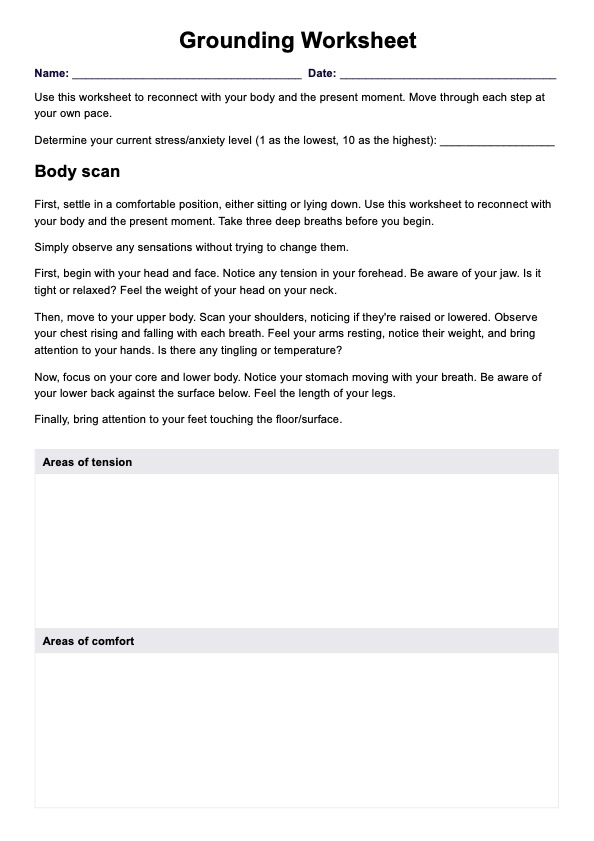


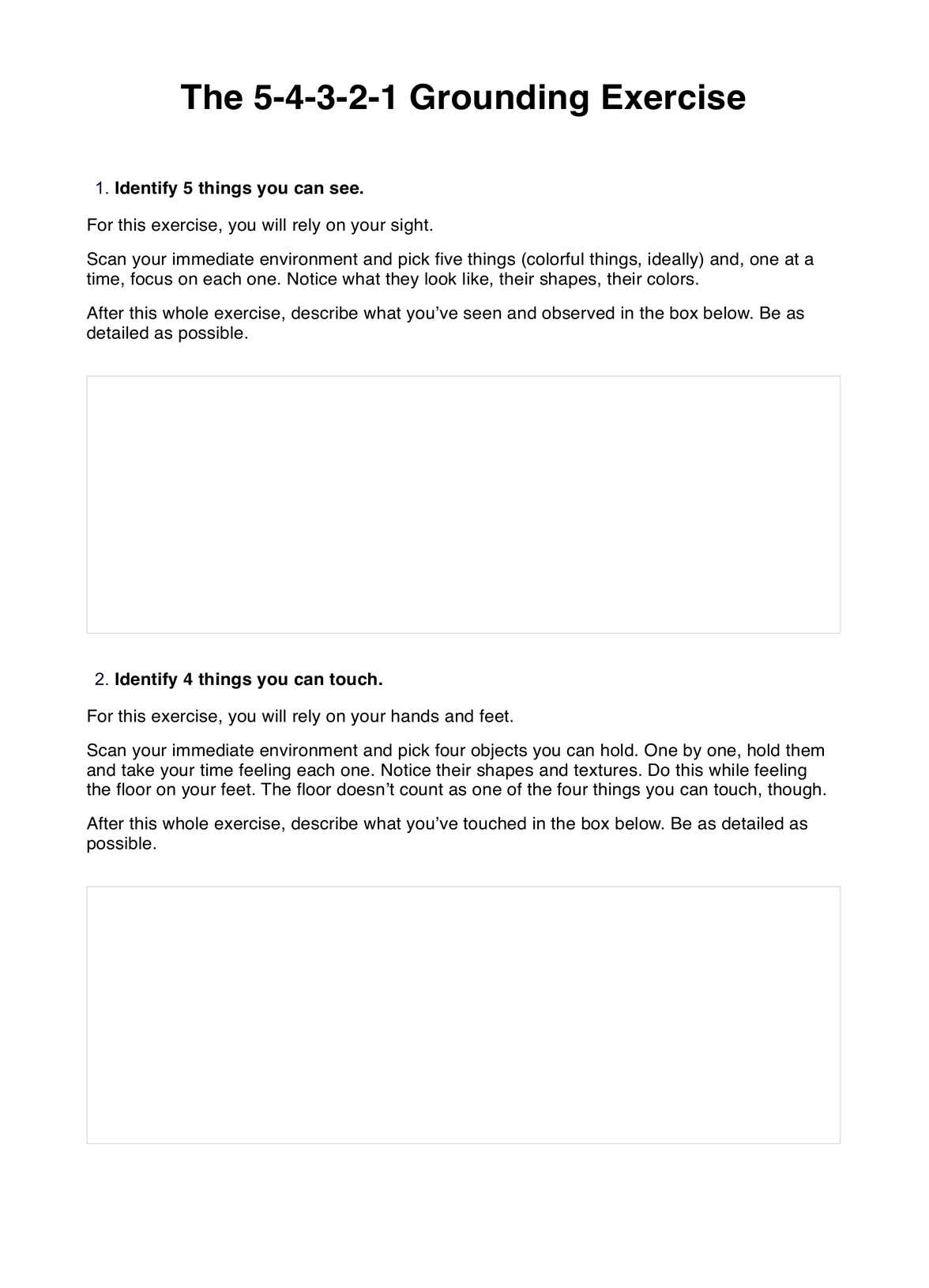
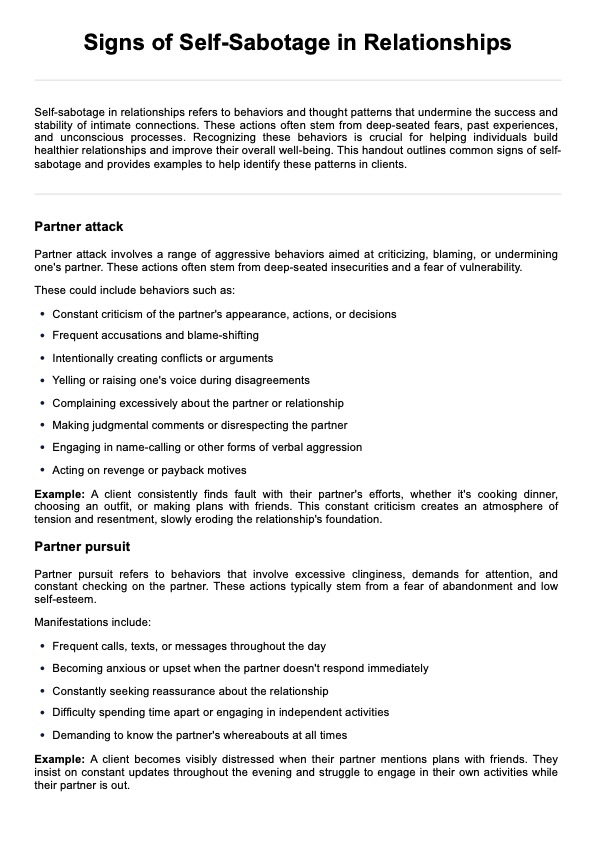
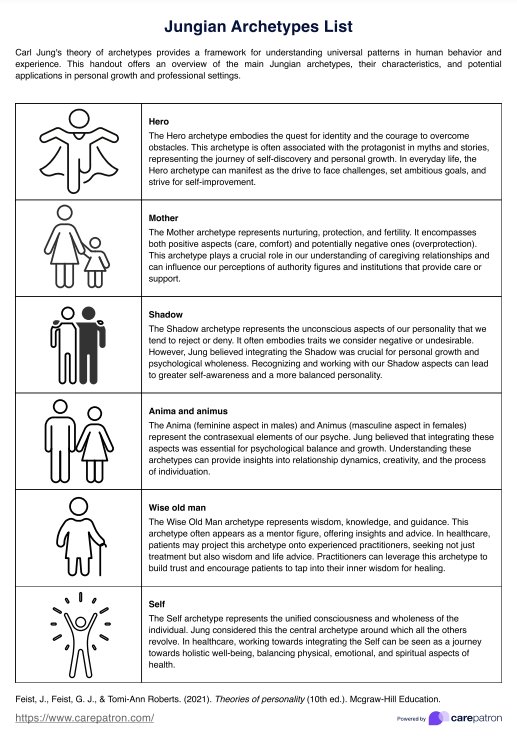
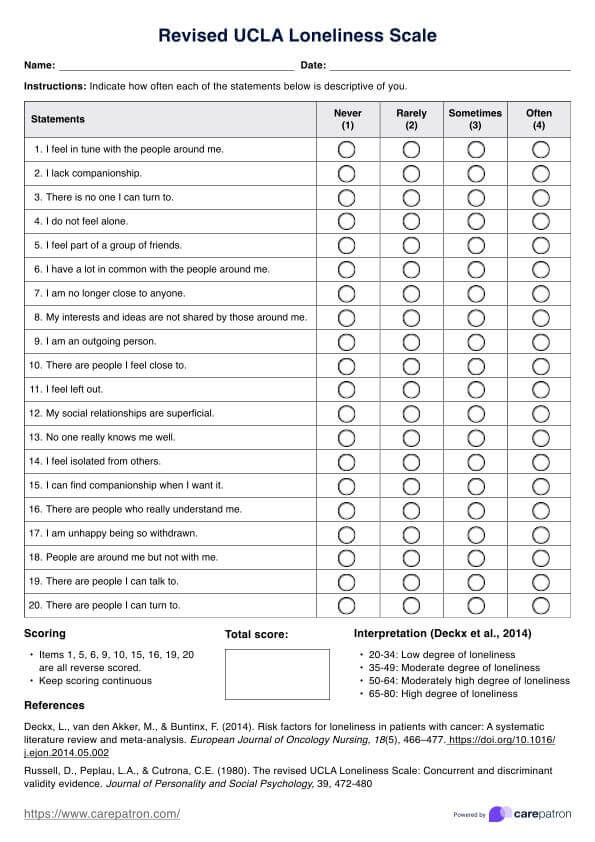
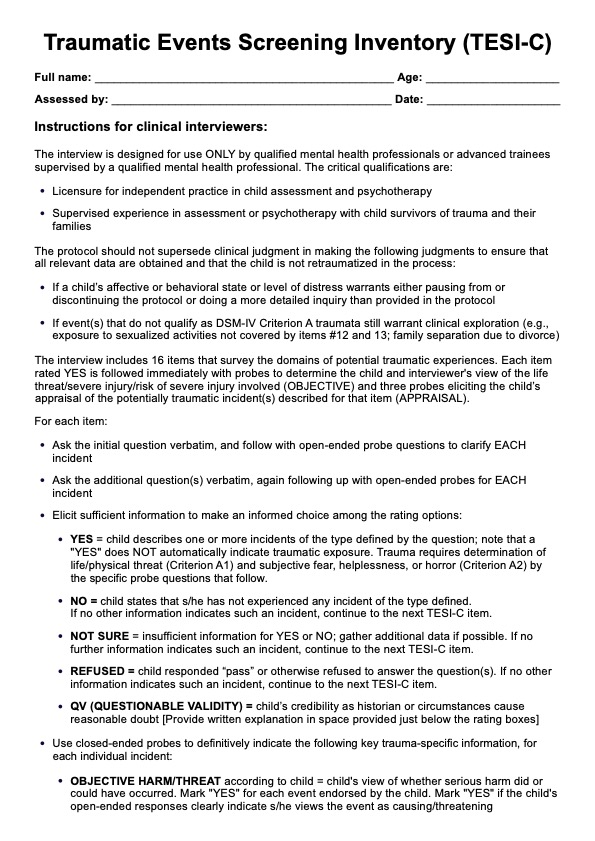
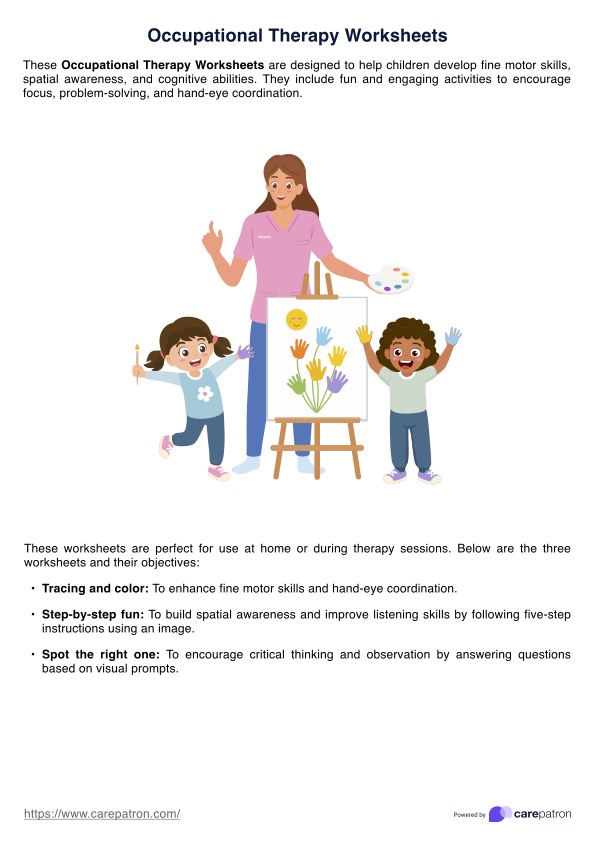
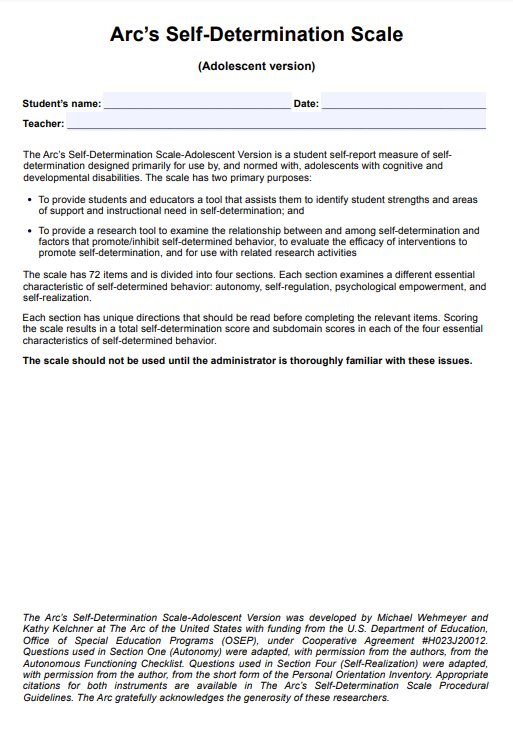
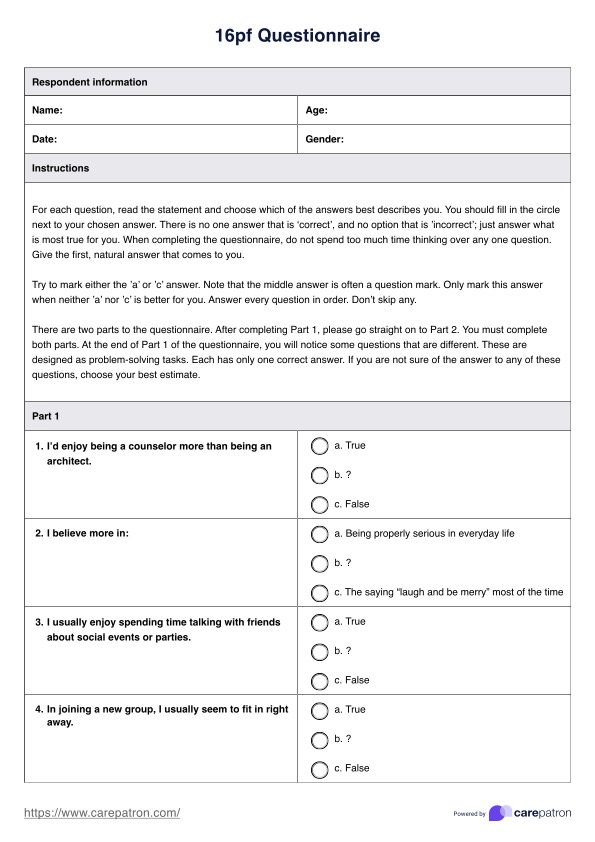
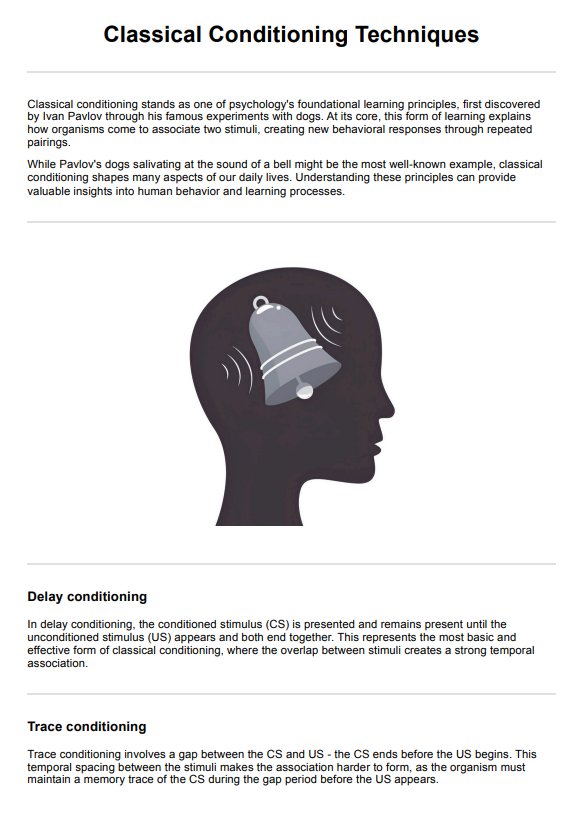
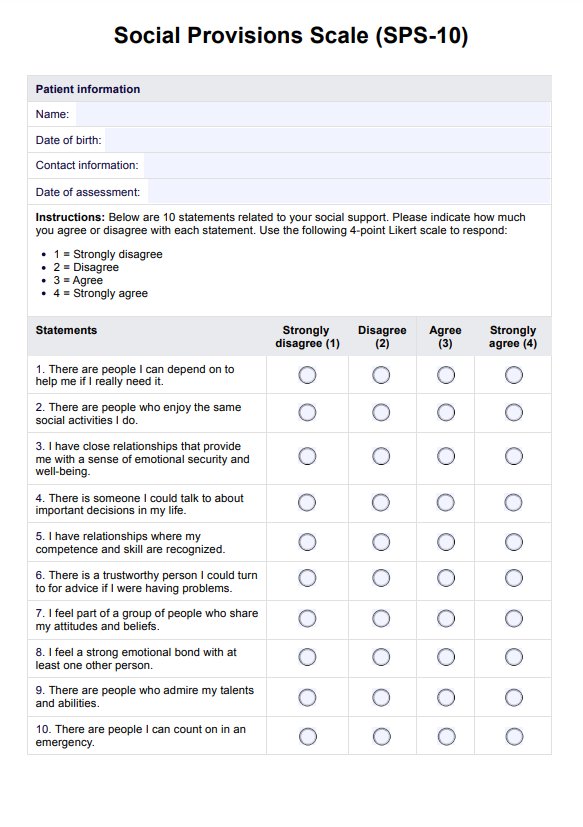
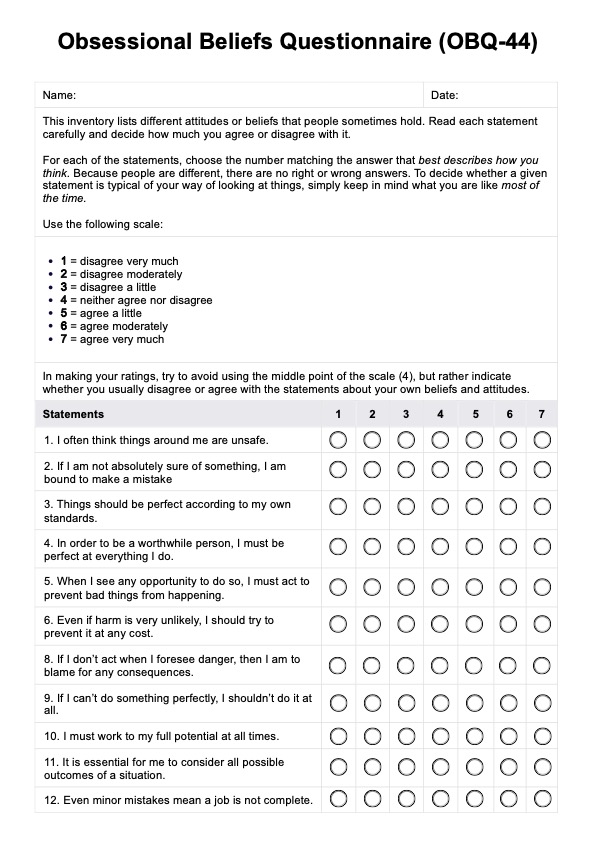

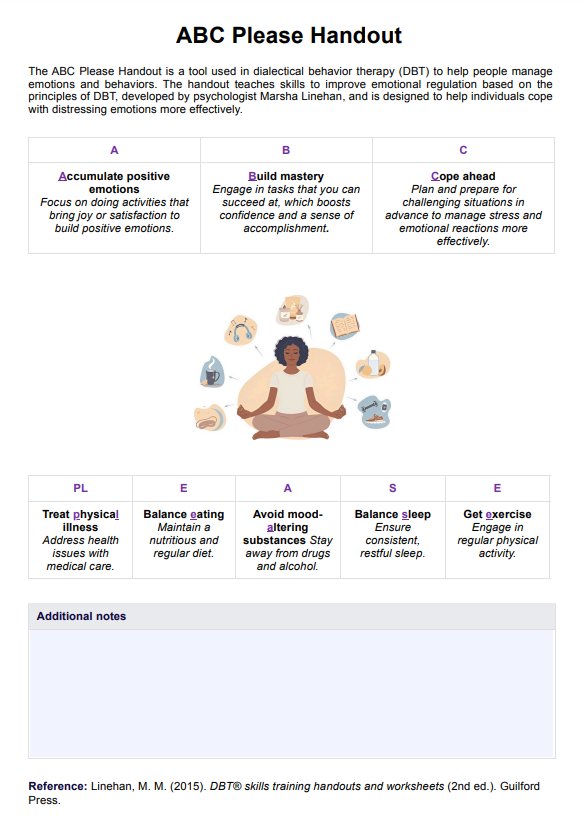
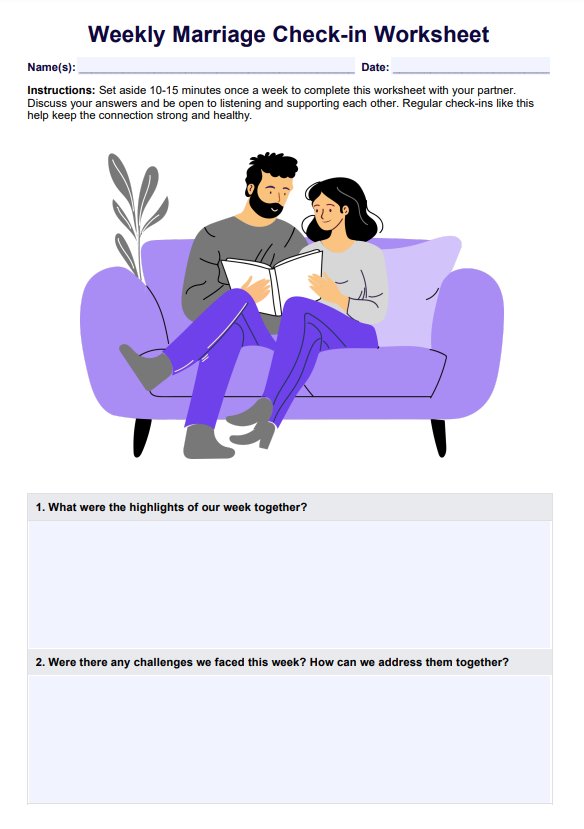
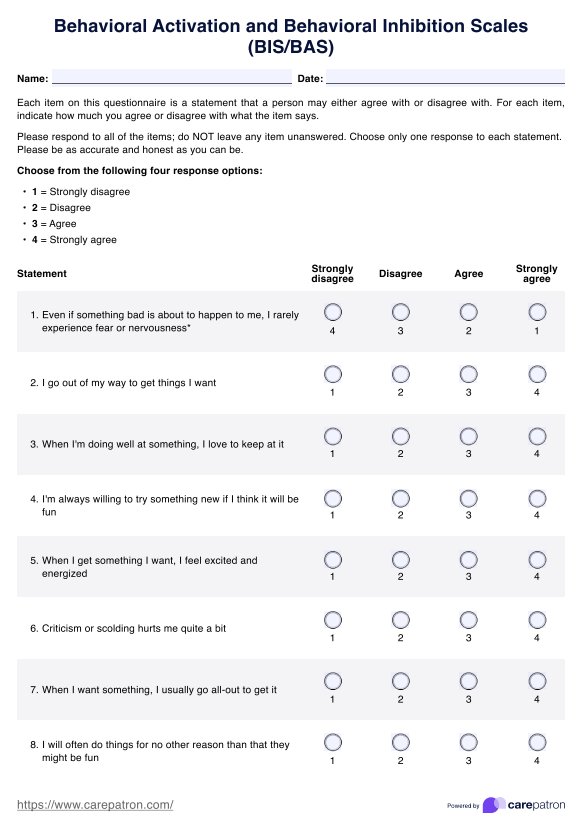
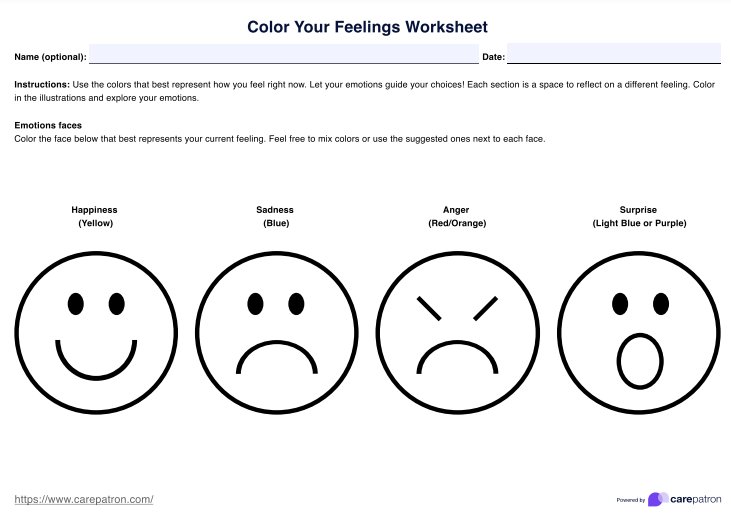
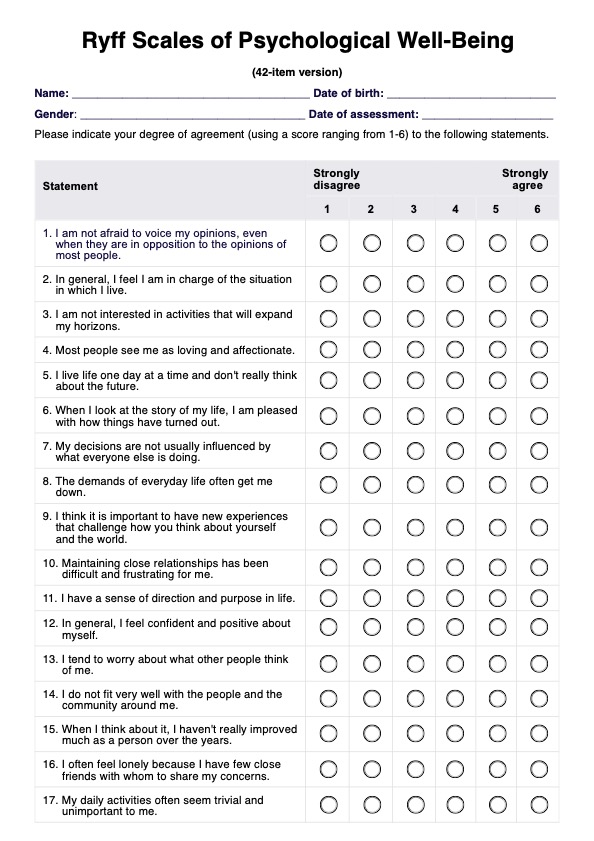
-template.jpg)
